volubilis, Ancient Rome Empire
A short trip out of town to visit Volubilis.
First, its a walk to the bus station for a bus ride. Passed by these flats and cant help but be amazed by the number of satellite dishes they have.

Woman carrying things on her head.
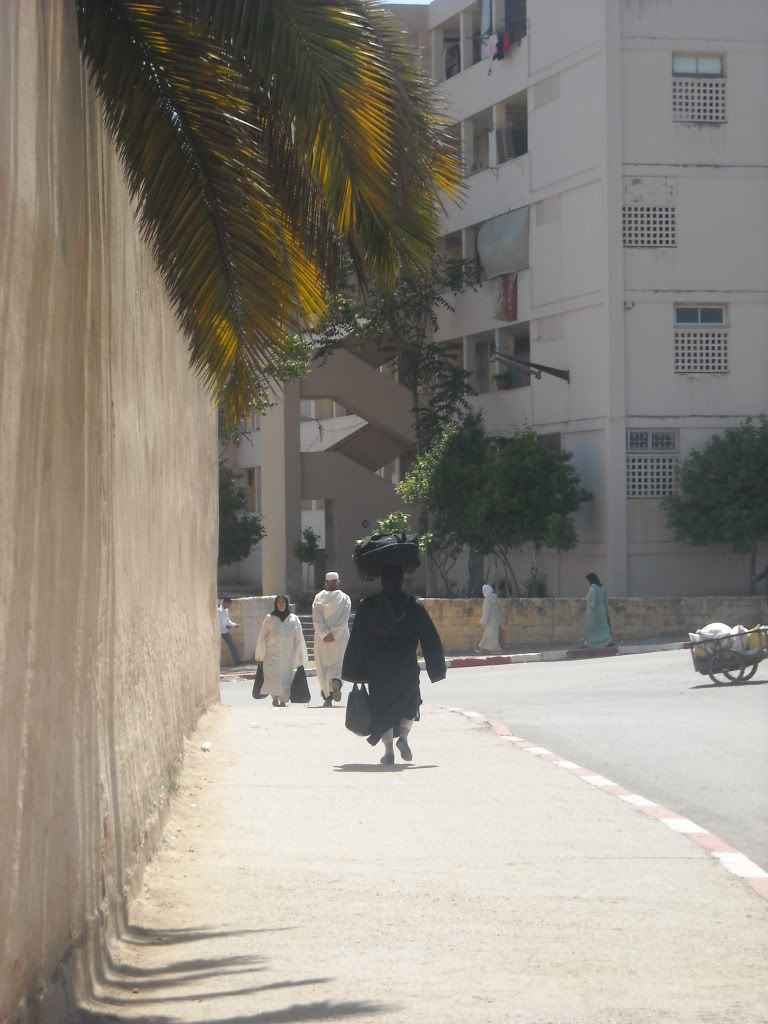
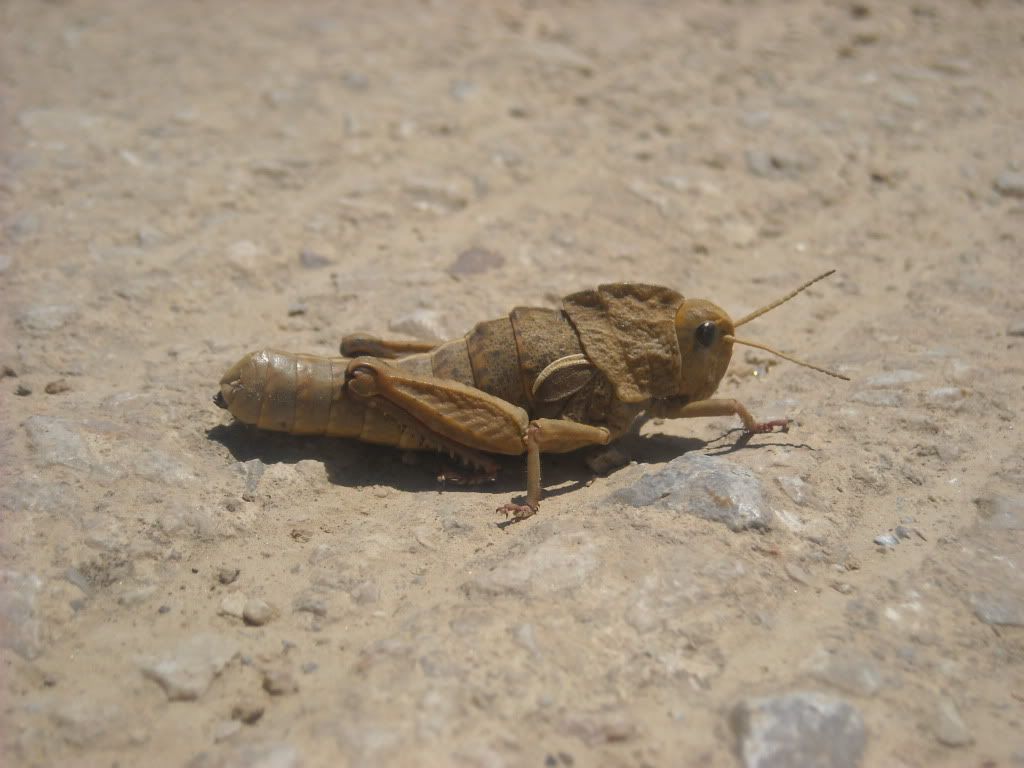
Then upon arrival, its a long walk to Volubilis. Pictures taken along the way.

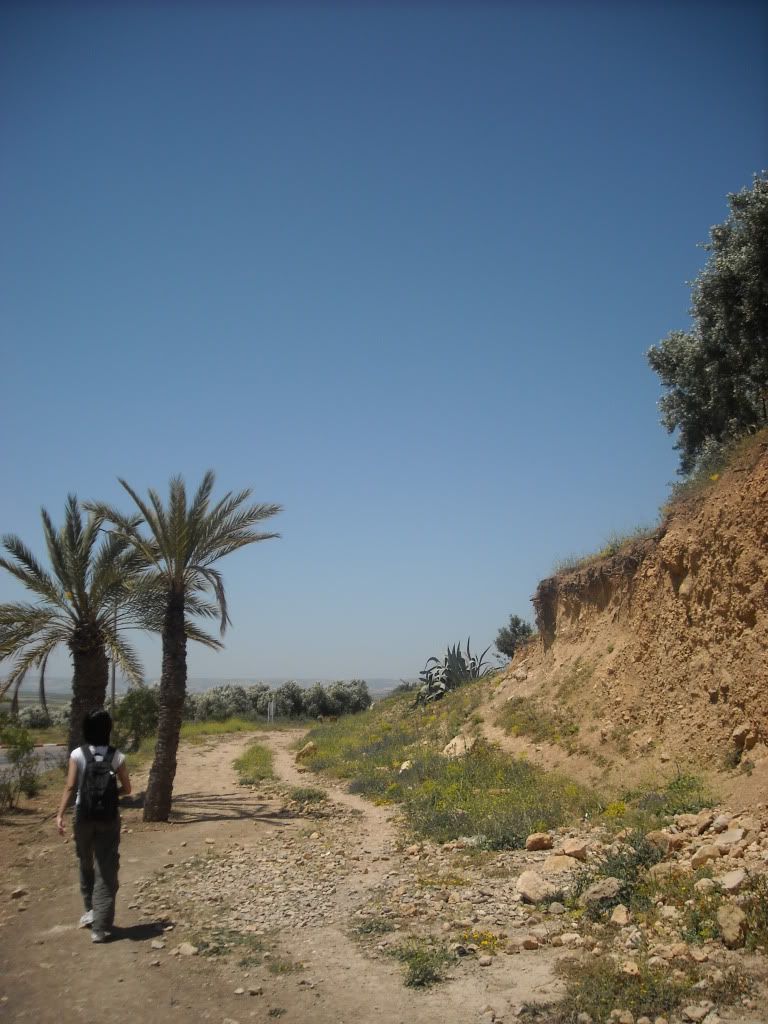
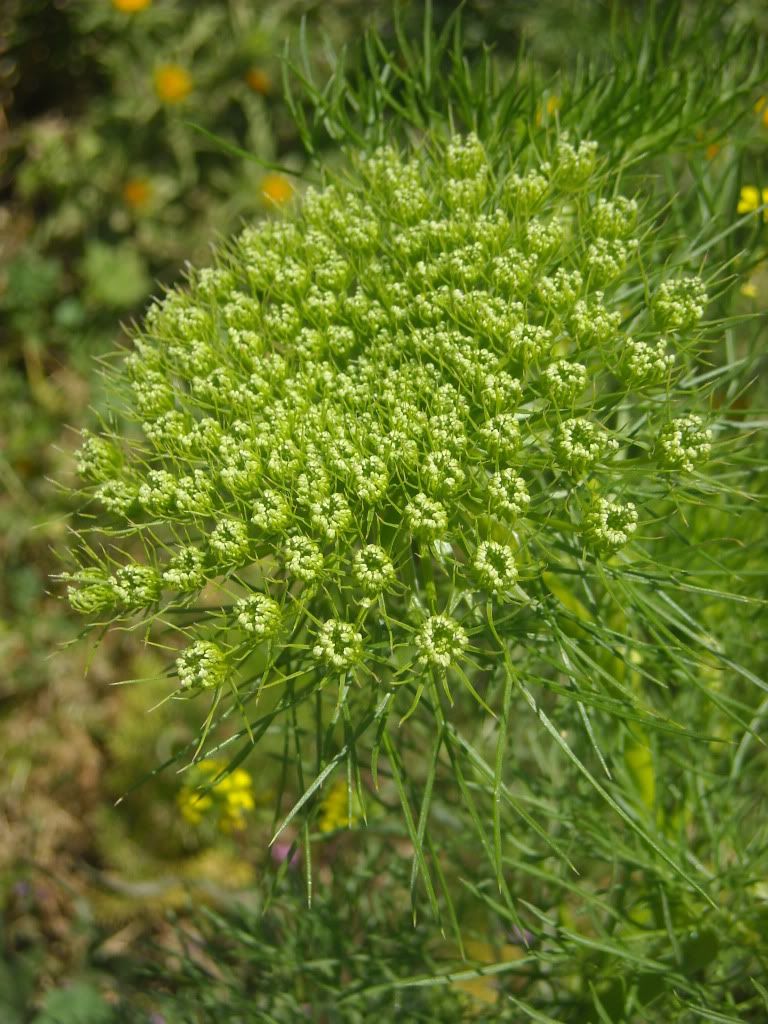
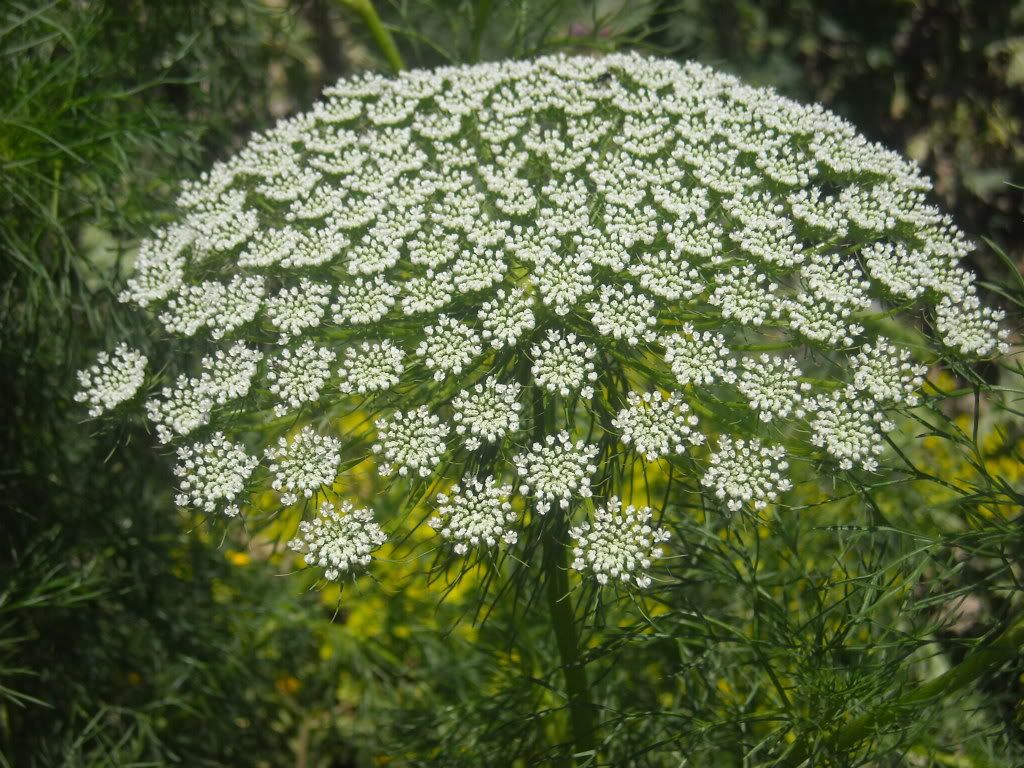

Isn't this poppy flowers? The opium flowers?

Volubilis (Arabic: وليلي Walili) is an archaeological site in Morocco situated near Meknes between Fez and Rabat along the N13 road. The nearest town is Moulay Idriss. Volubilis features the best preserved Roman ruins in this part of northern Africa. In 1997 the site was listed as a UNESCO World Heritage site.
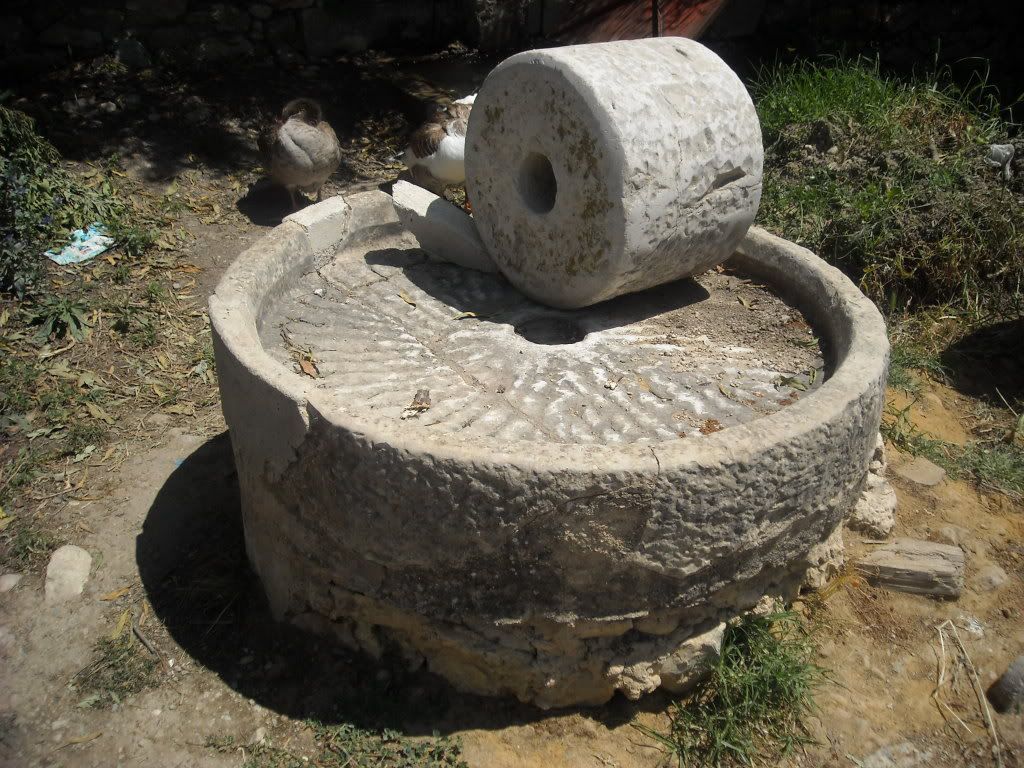
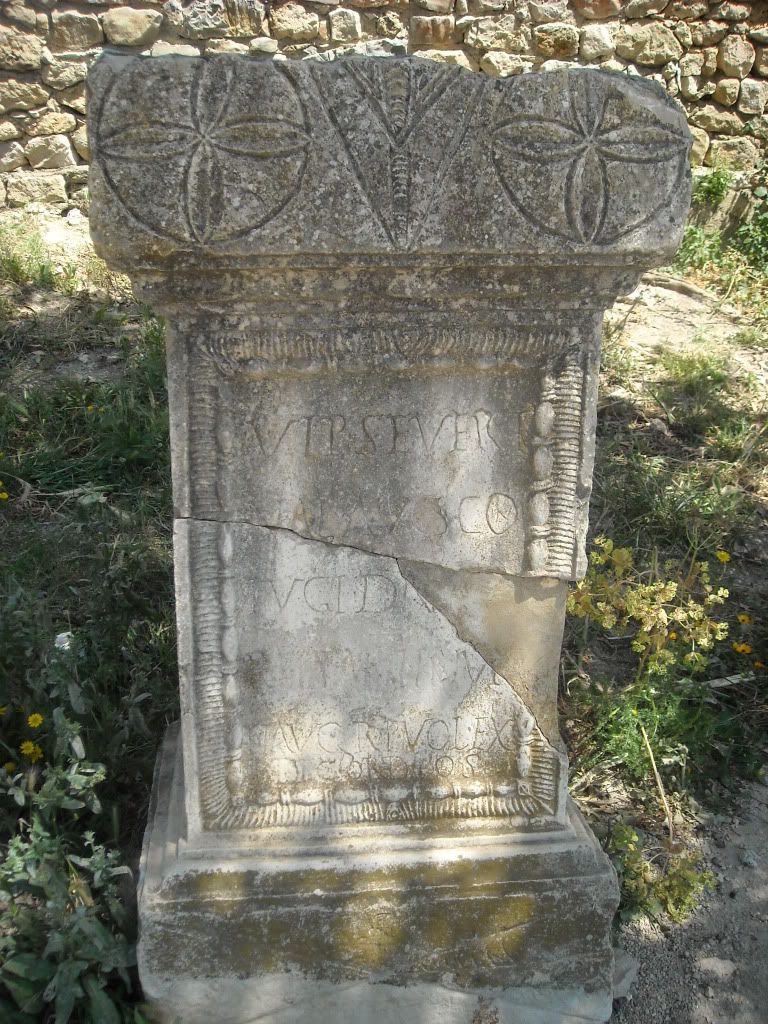

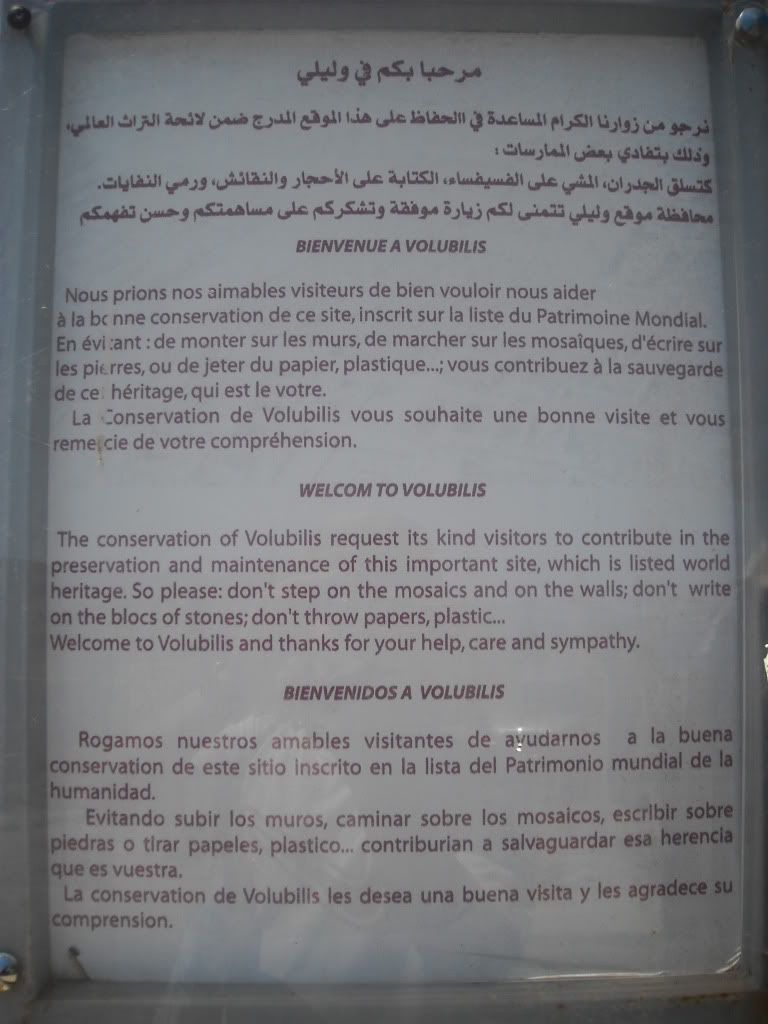
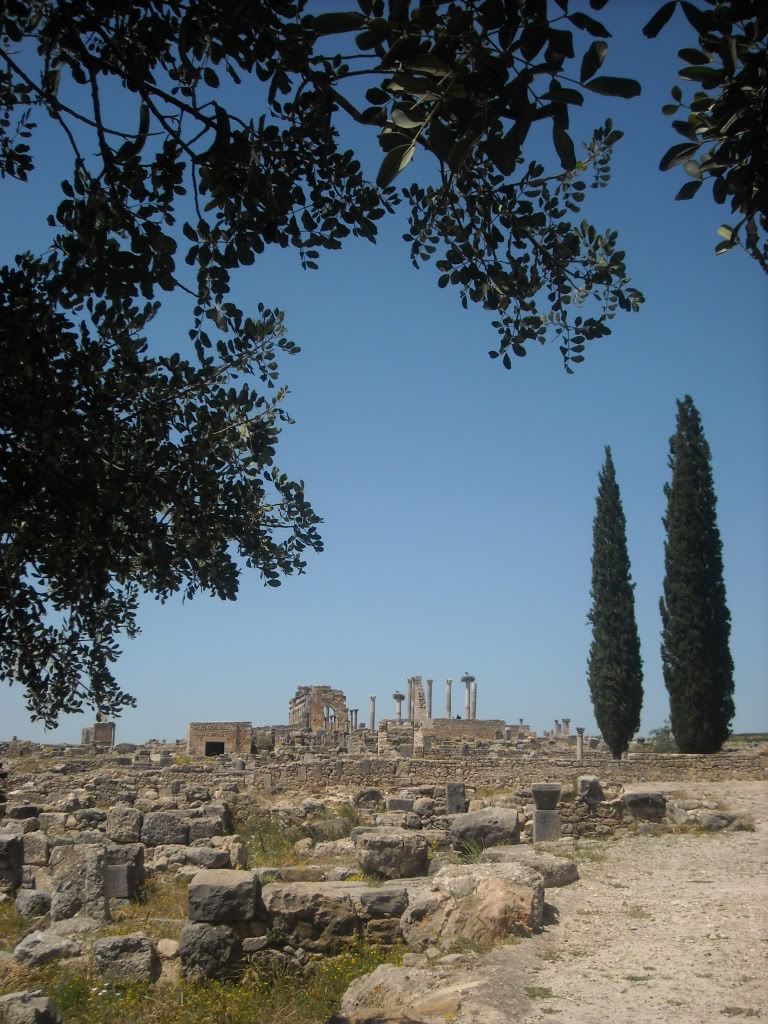

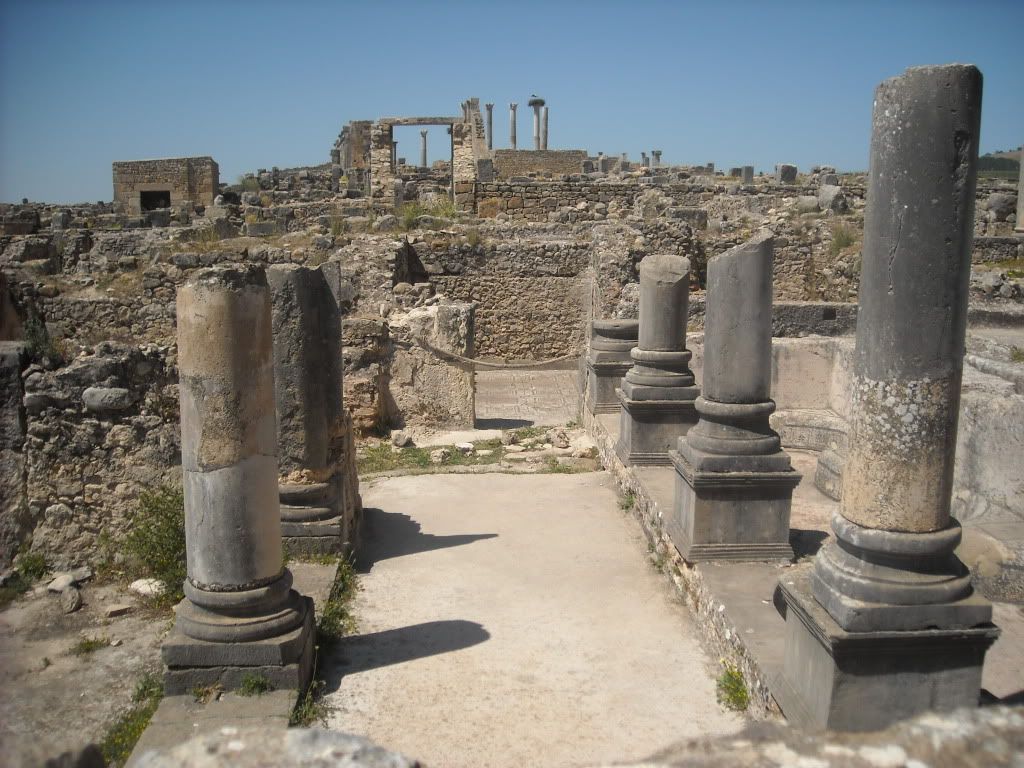
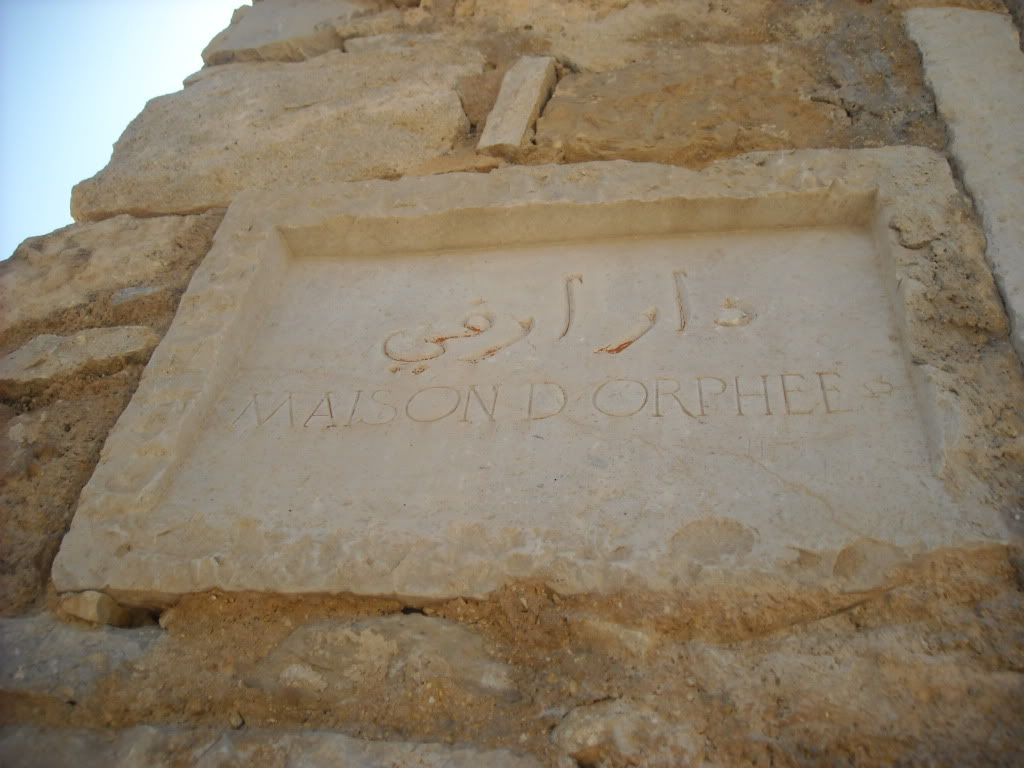
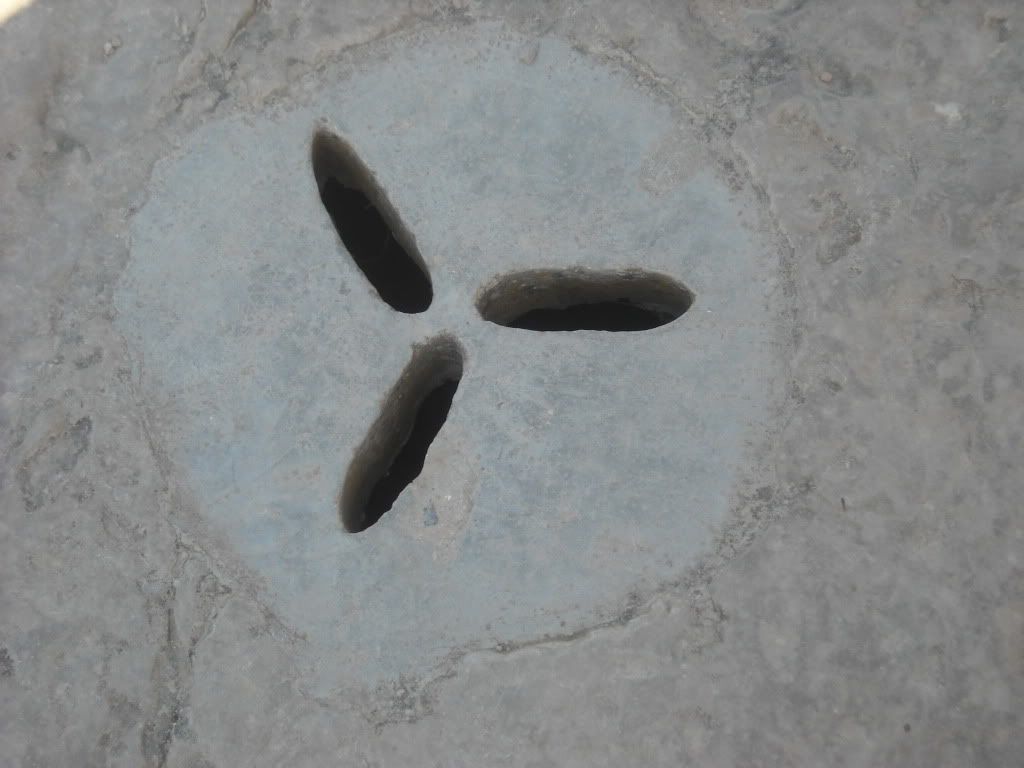
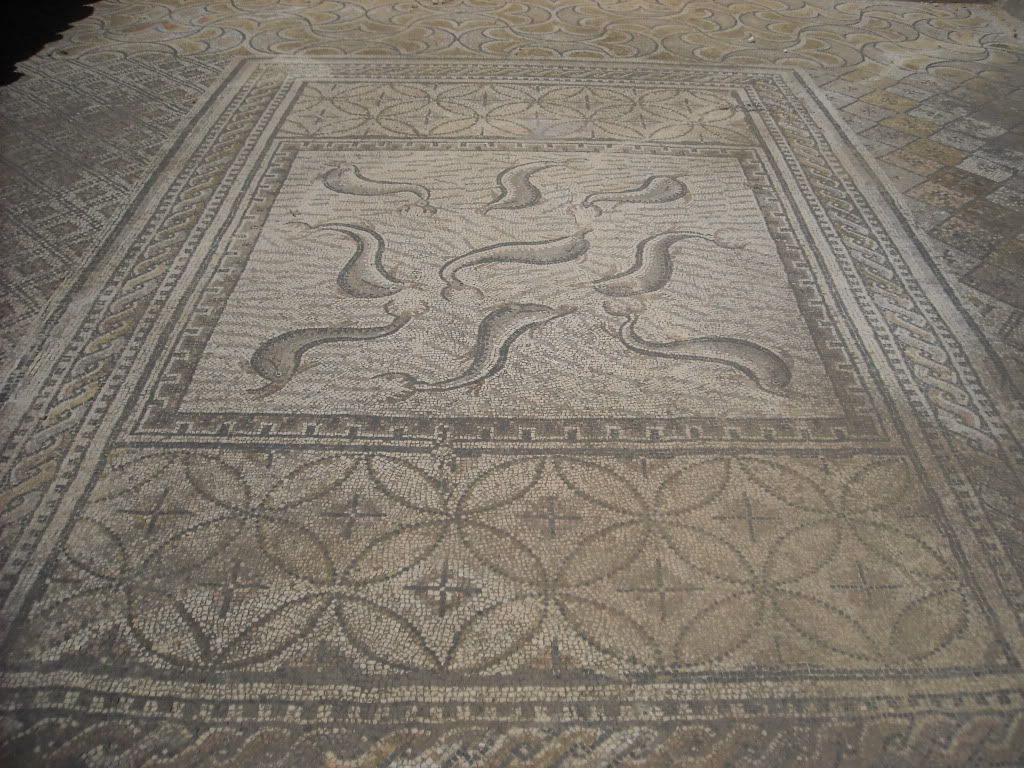
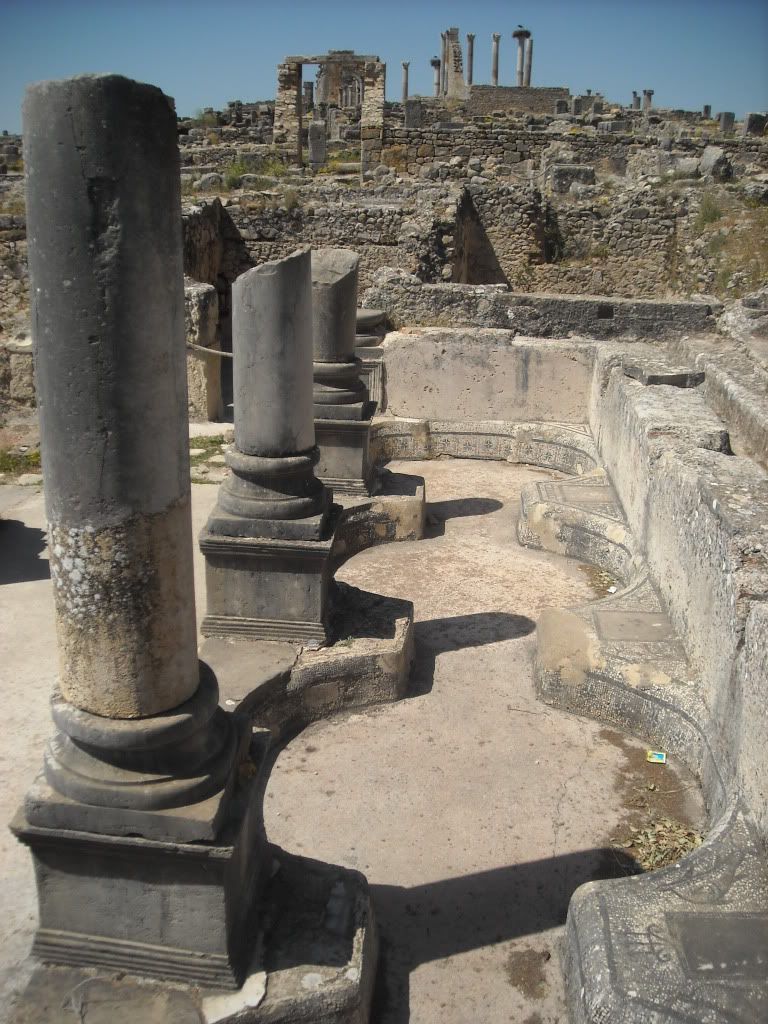
In antiquity, Volubilis was an important Roman town situated near the westernmost border of Roman conquests. It was built on the site of a previous Carthaginian settlement from (at the latest) the third century BC, but that settlement overlies an earlier neolithic habitation.
Volubilis was the administrative center of the province in Roman Africa called Mauretania Tingitana. The fertile lands of the province produced many commodities such as grain and olive oil, which were exported to Rome, contributing to the province's wealth and prosperity. Archaeology has documented the presence of a Jewish community in the Roman period.
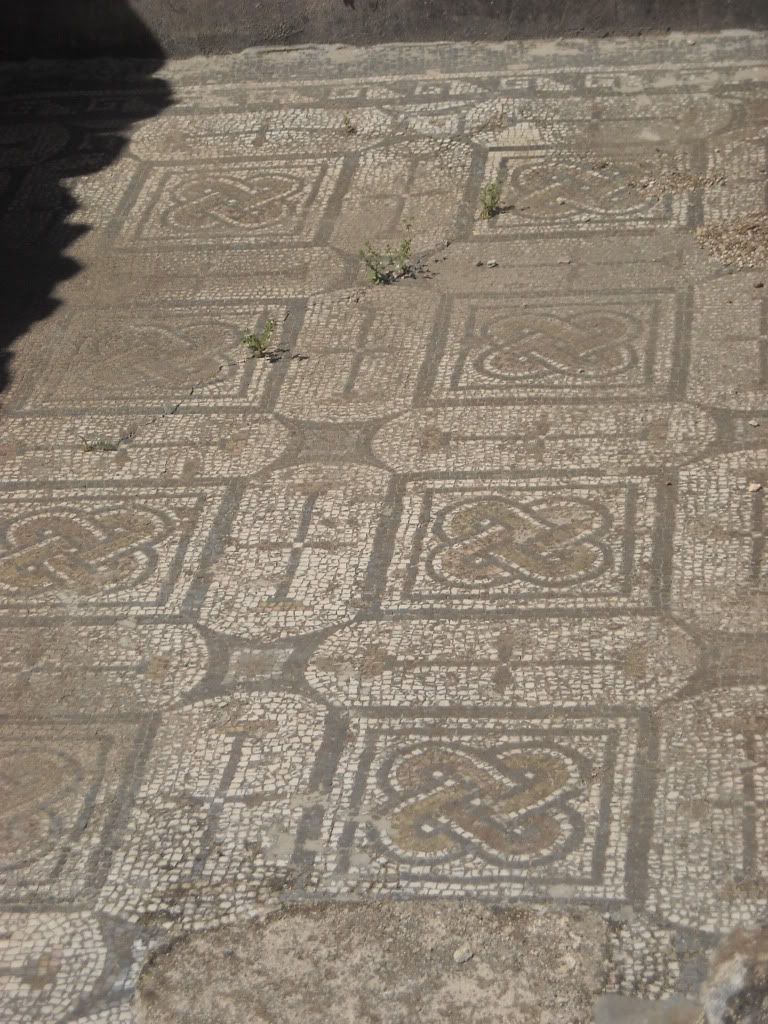


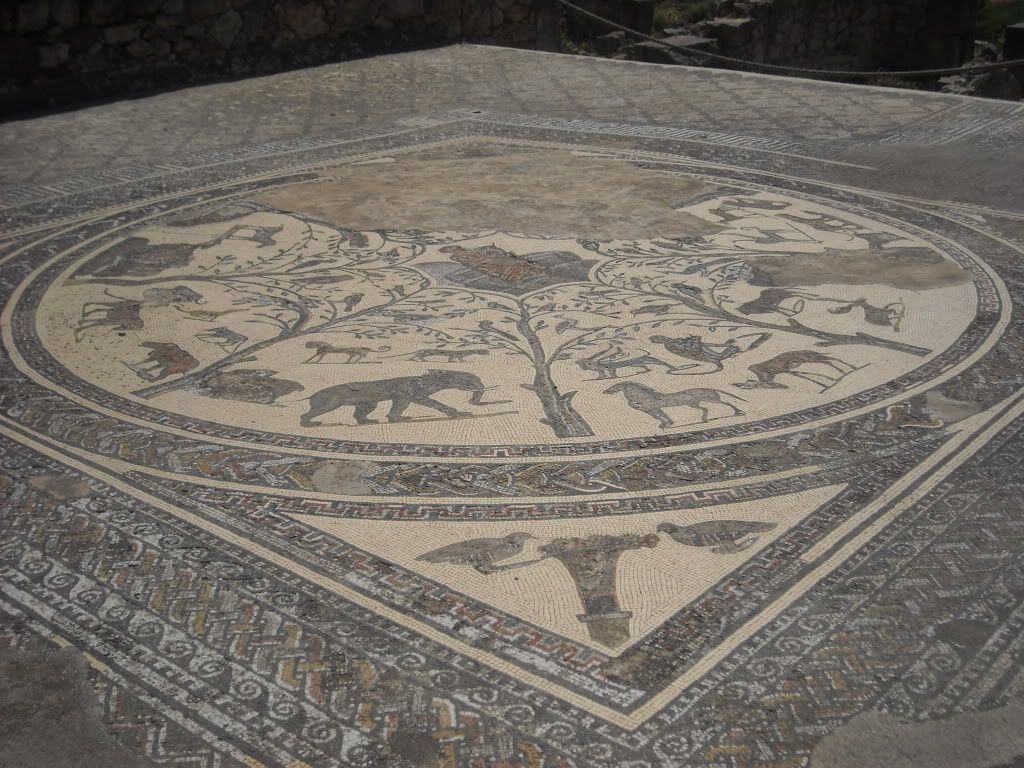
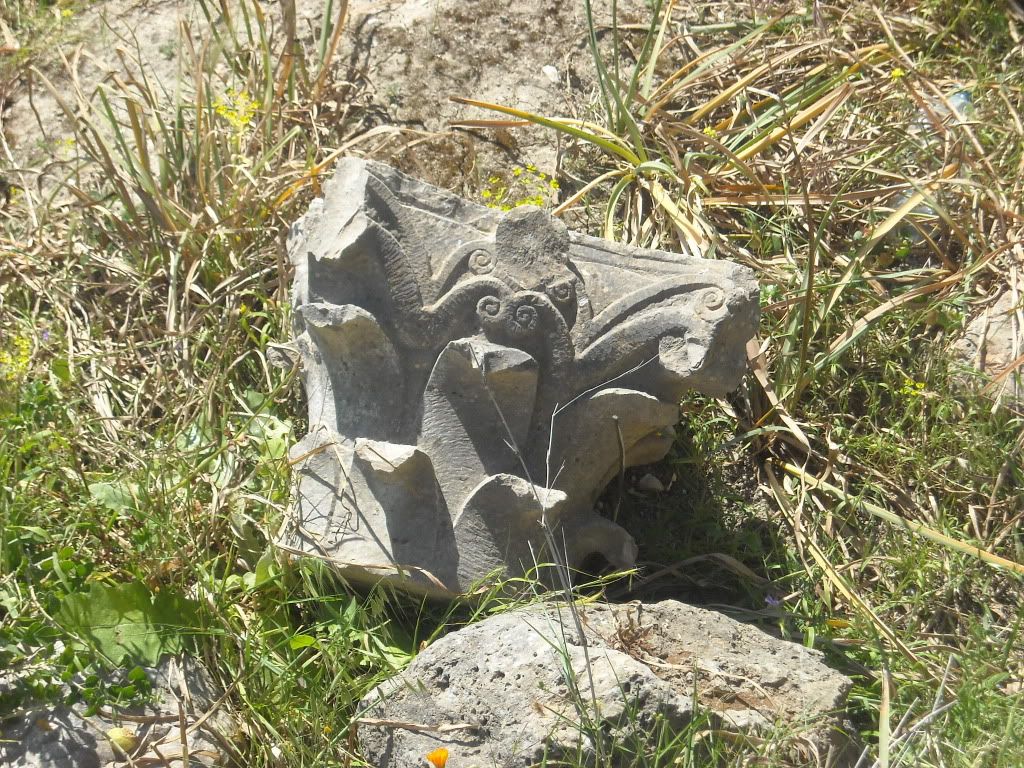
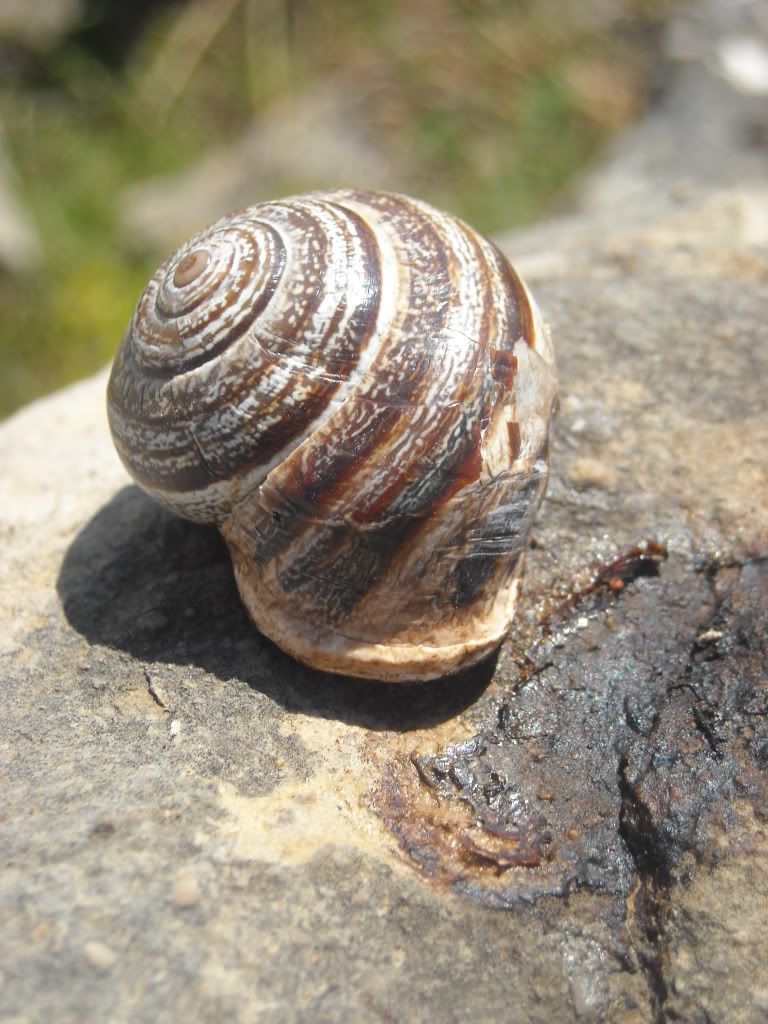
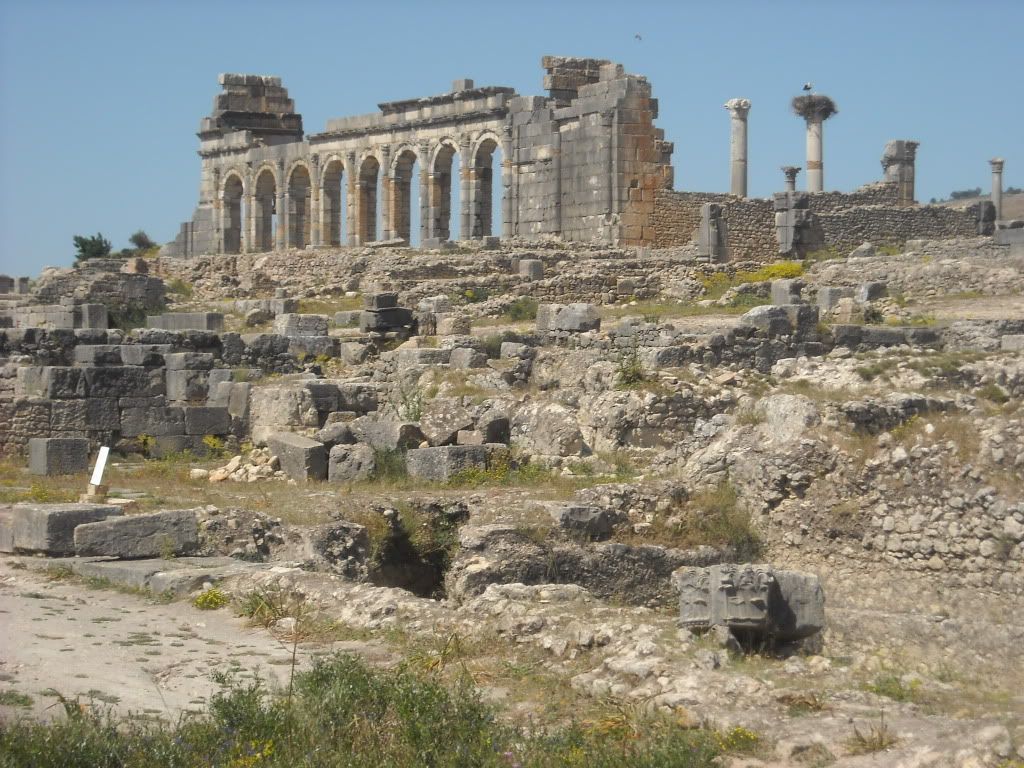

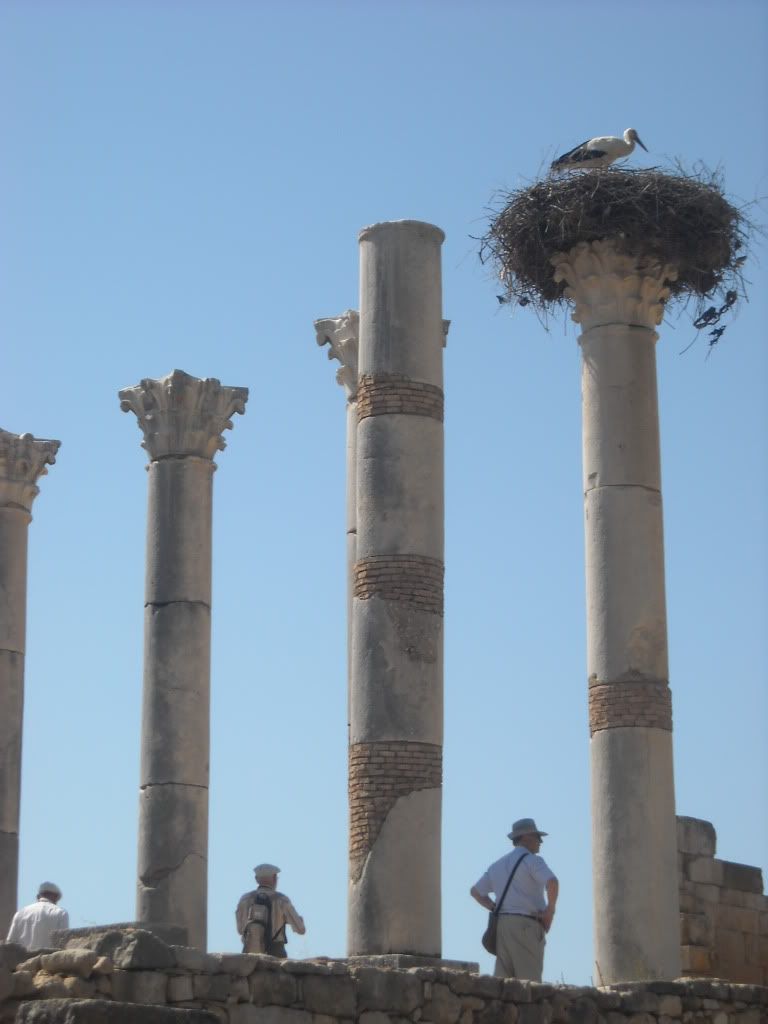
Is this the bird that delivers babies to homes?

The Romans evacuated most of Morocco at the end of the 3rd century AD but, unlike some other Roman cities, Volubilis was not abandoned. However, it appears to have been destroyed by an earthquake in the late fourth century AD. It was reoccupied in the sixth century, when a small group of tombstones written in Latin shows the existence of a community that still dated its foundation by the year of the Roman province. Coins show that it was occupied under the Abbasids: a number of these simply bear the name Walila.
The texts referring to the arrival of Idris I in 788 show that the town was at that point in the control of the Awraba tribe, who welcomed the descendant of Ali, and declared him imam shortly thereafter. Within three years he had consolidated his hold on much of the area, founded the first settlement at Fez, and started minting coins. He died in 791, leaving a pregnant Awraba wife, Kenza, and his faithful slave, Rashid, who acted as regent until the majority of Idris II. At this point the court departed for Fez, leaving the Awraba in control of the town.
The local Latin language survived for centuries, and was not replaced before the Arabs conquered North Africa in the late 7th century.
People continued to live in Volubilis for more than 1,000 years more. Volubilis was first abandoned in the 18th century -- when it was demolished in order to provide for building materials for the construction of the palaces of Moulay Ismail in nearby Meknes. If that demolishing had not arrived, Volubilis could have become one of the best preserved Roman sites anywhere.


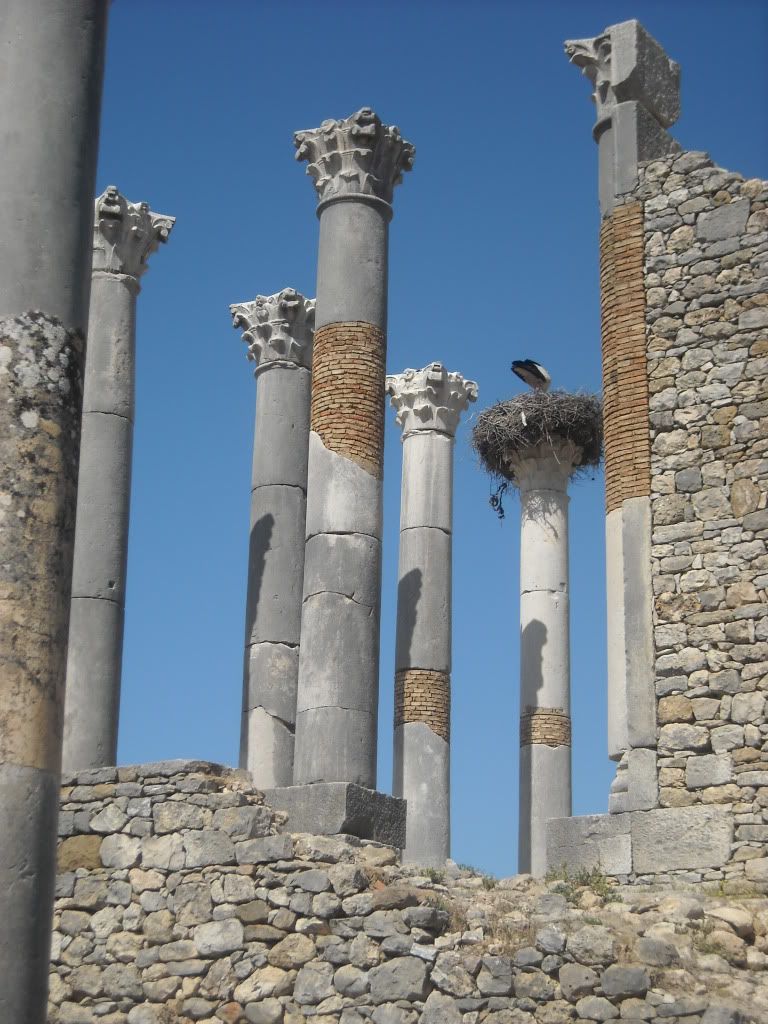
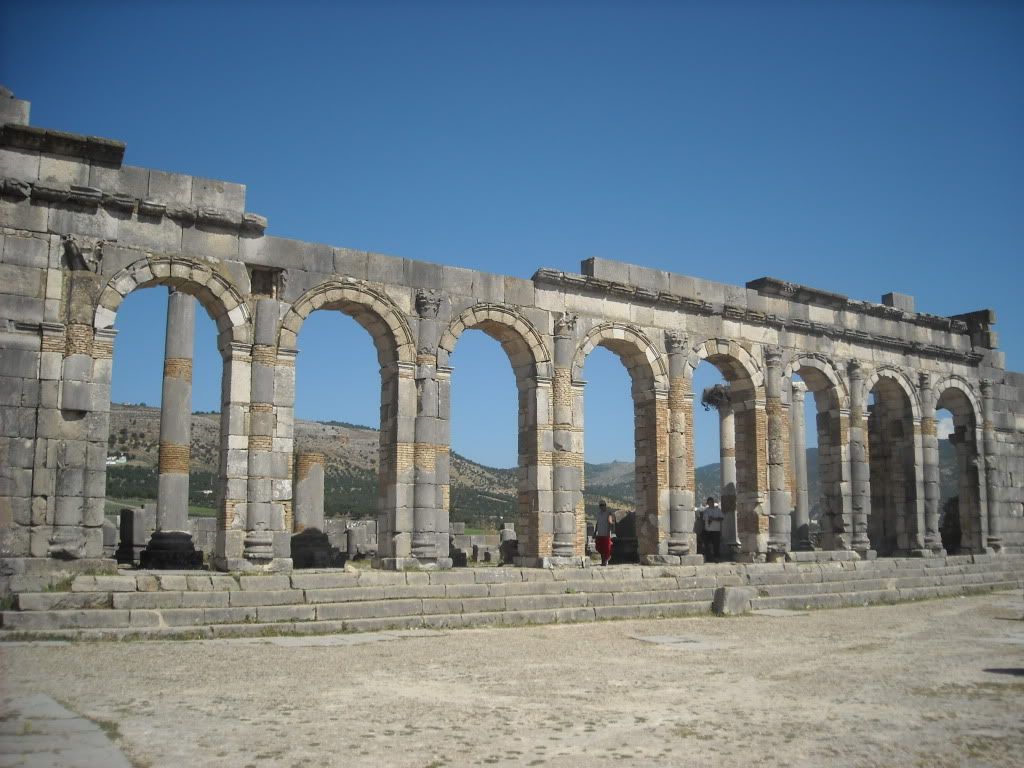
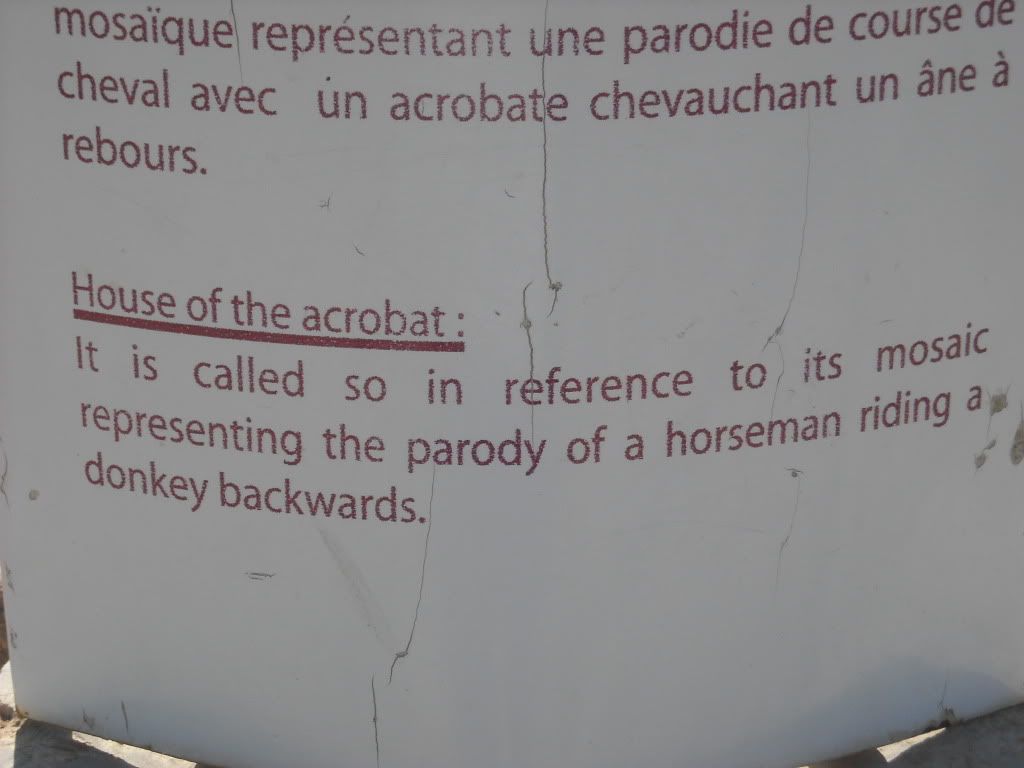

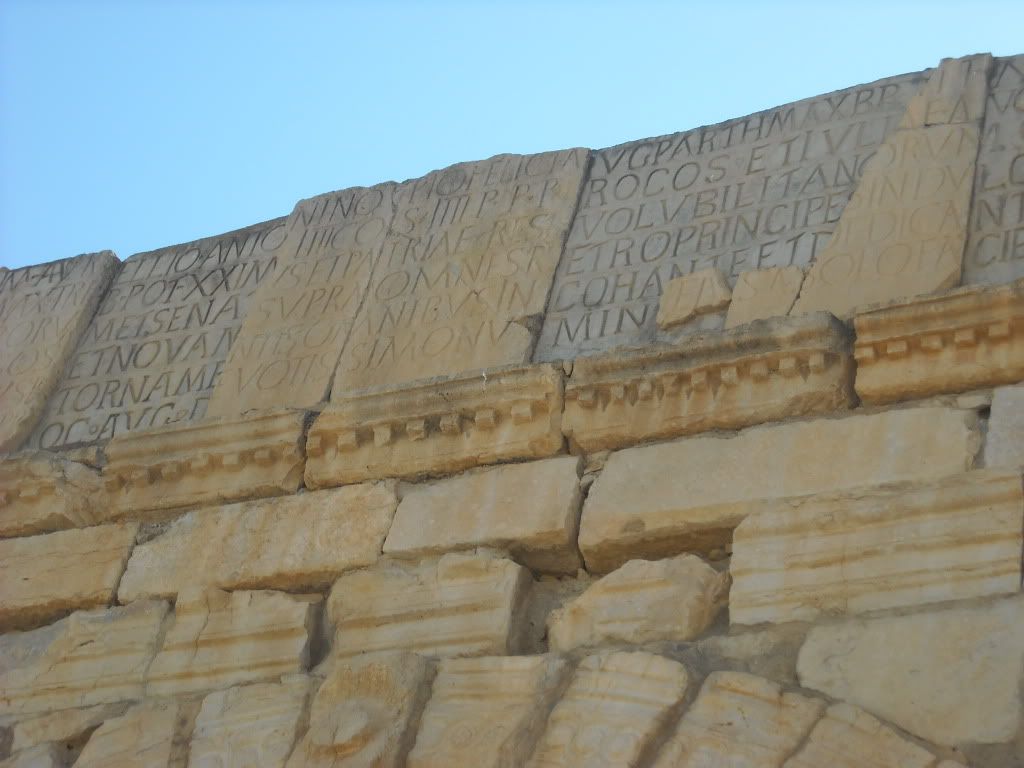

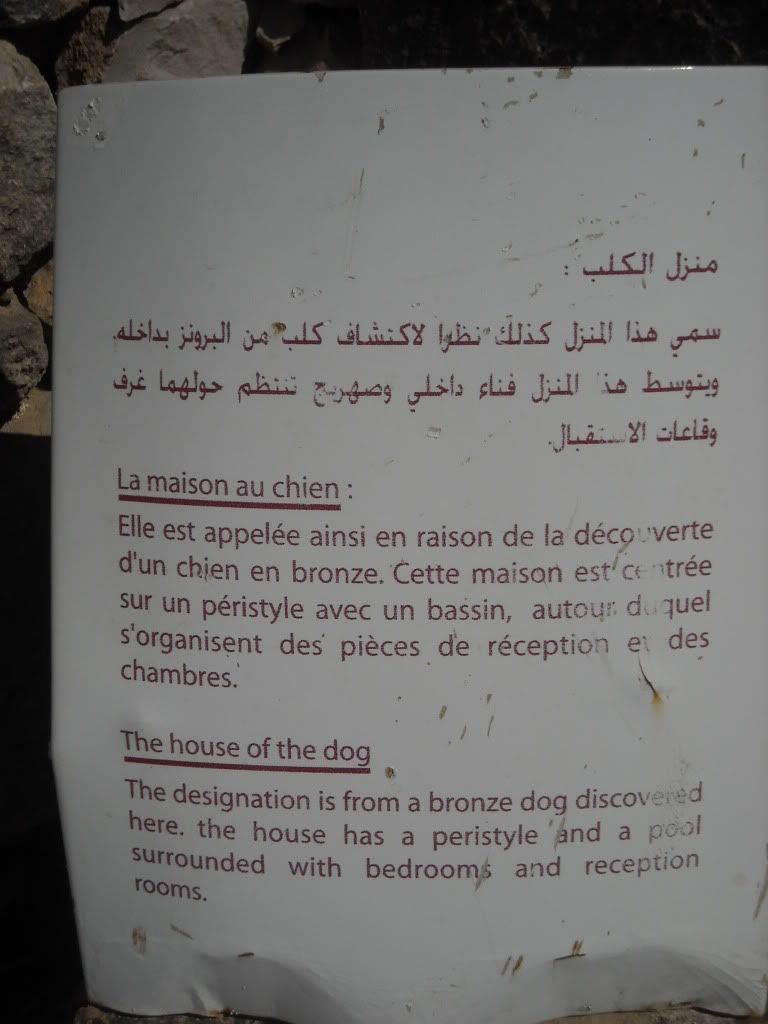
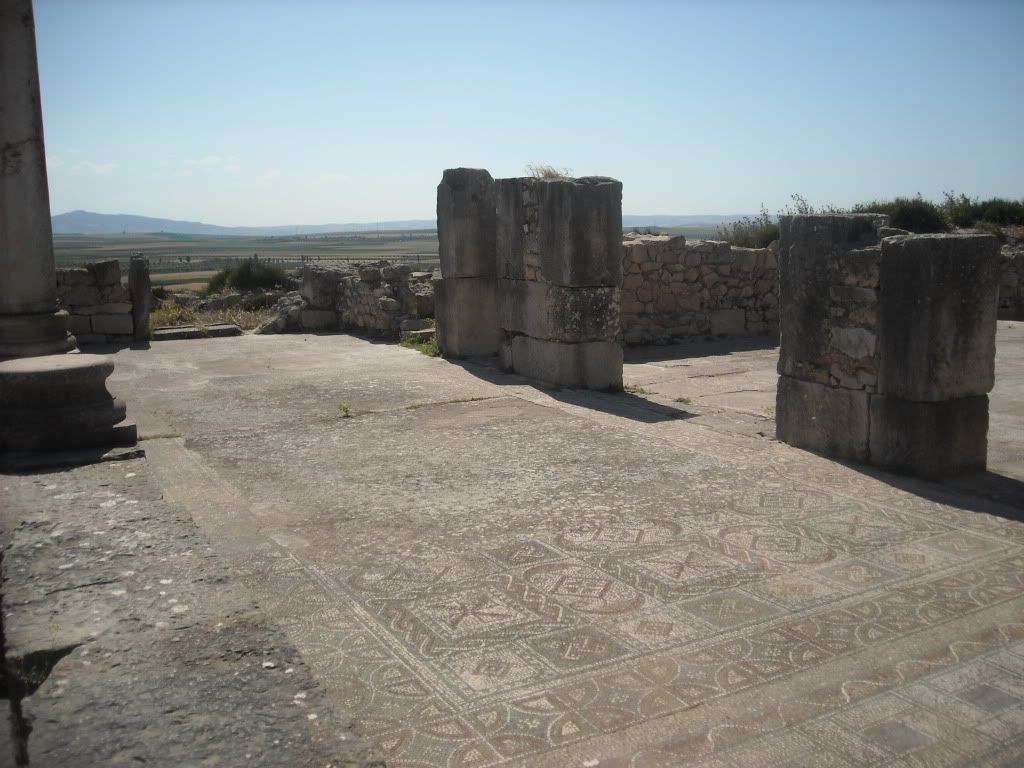
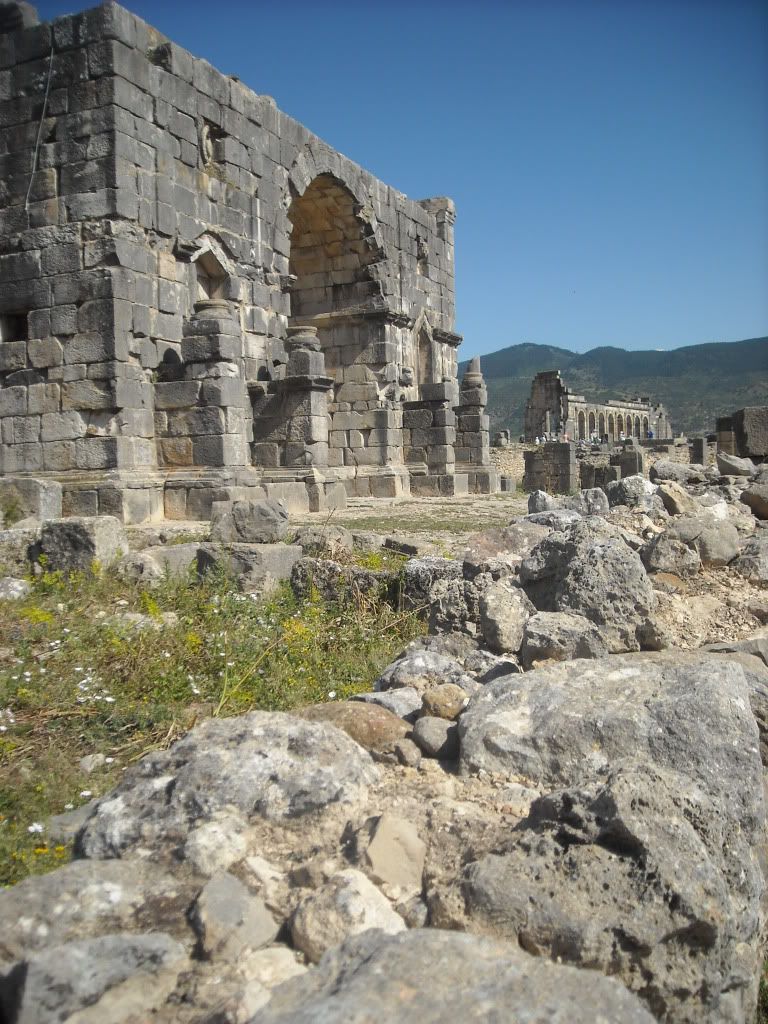

Volubilis' structures were damaged by the 1755 Lisbon earthquake, while in the 18th century part of the marble was taken for constructions in nearby Meknes.
In 1915, archaeological excavation was begun there by the French and it continued through into the 1920s. Extensive remains of the Roman town have been uncovered. From 2000 excavations carried out by University College London and the Moroccan Institut National des Sciences de l’Archéologie et du Patrimoine under the direction of Elizabeth Fentress, Gaetano Palumbo and Hassan Limane revealed what should probably be interpreted as the headquarters of Idris I just below the walls of the Roman town to the west. Excavations within the walls also revealed a section of the early medieval town. Today, a high percentage of artifacts found at Volubilis are on display in the Rabat Archaeological Museum.
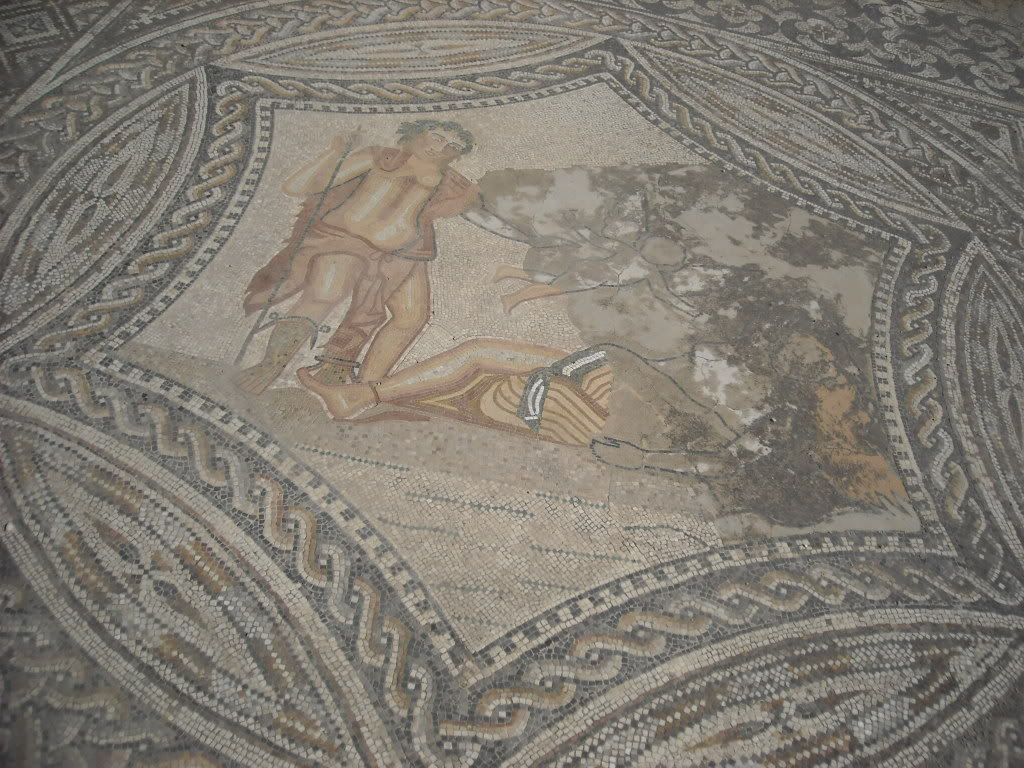


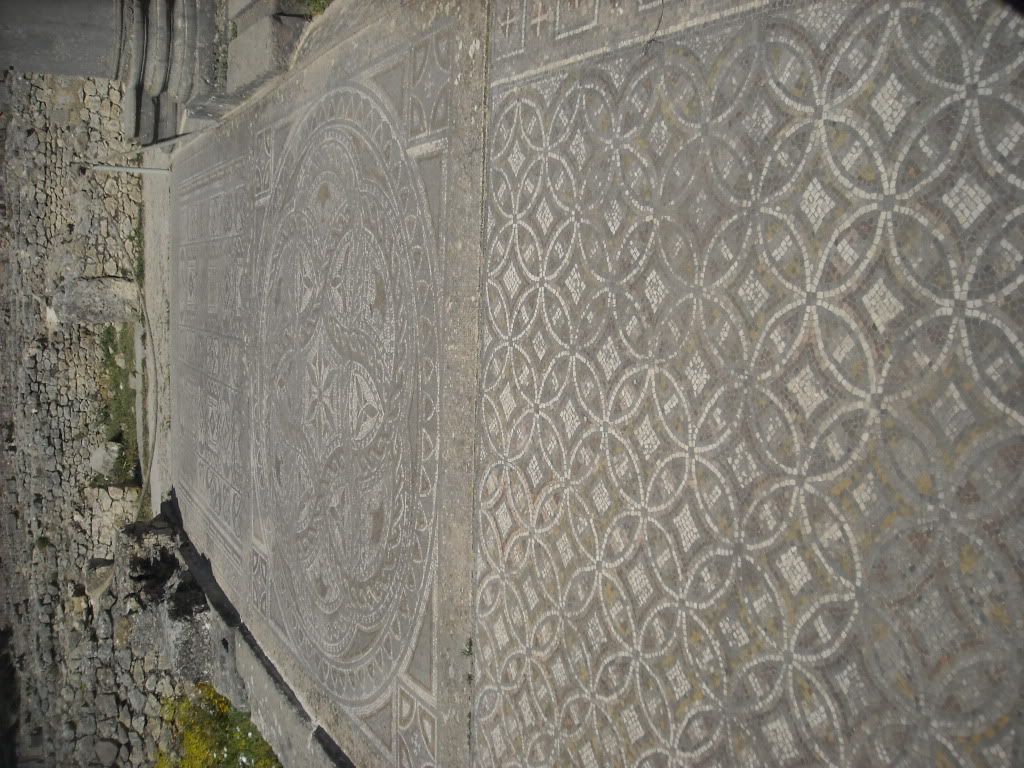

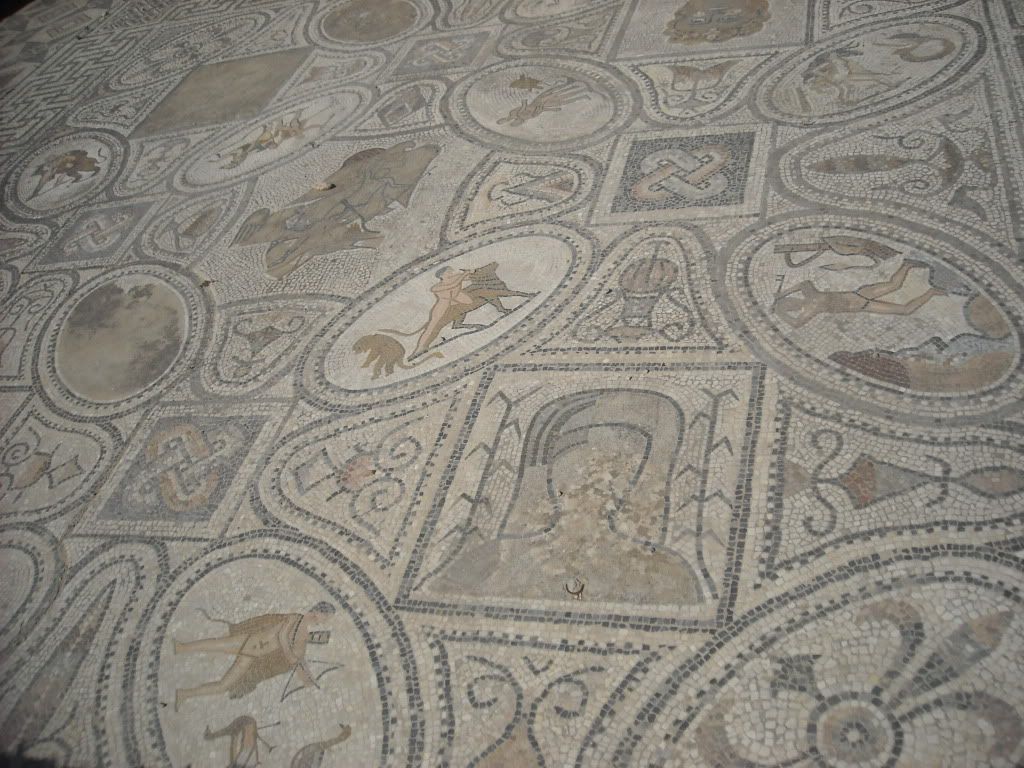
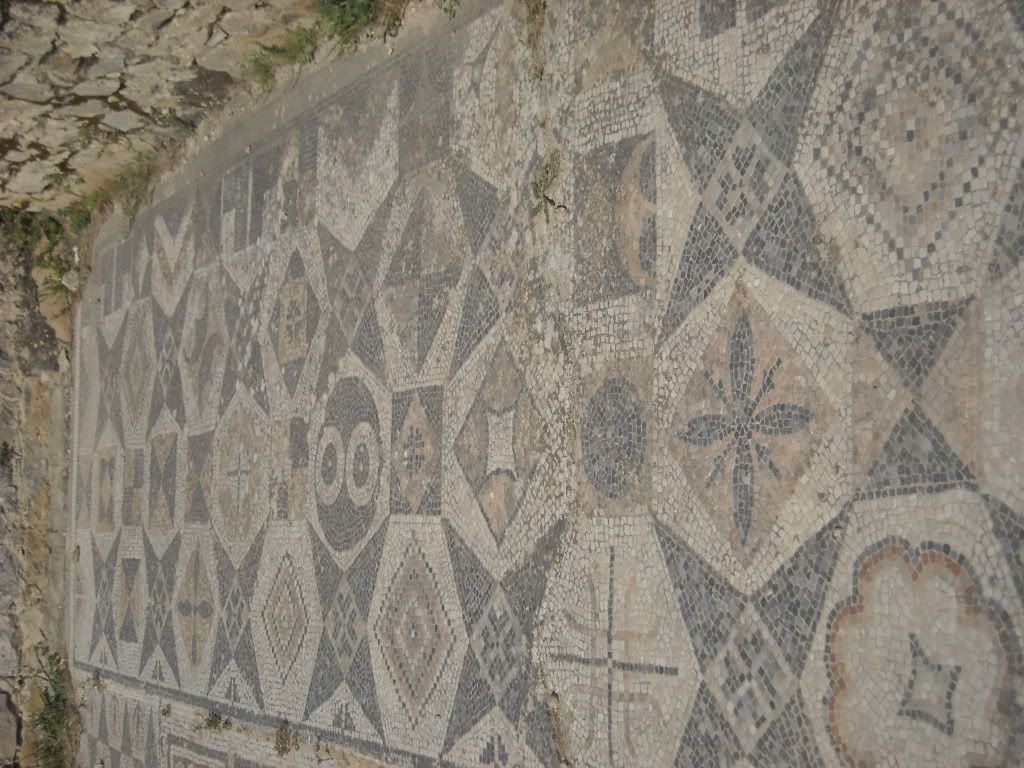
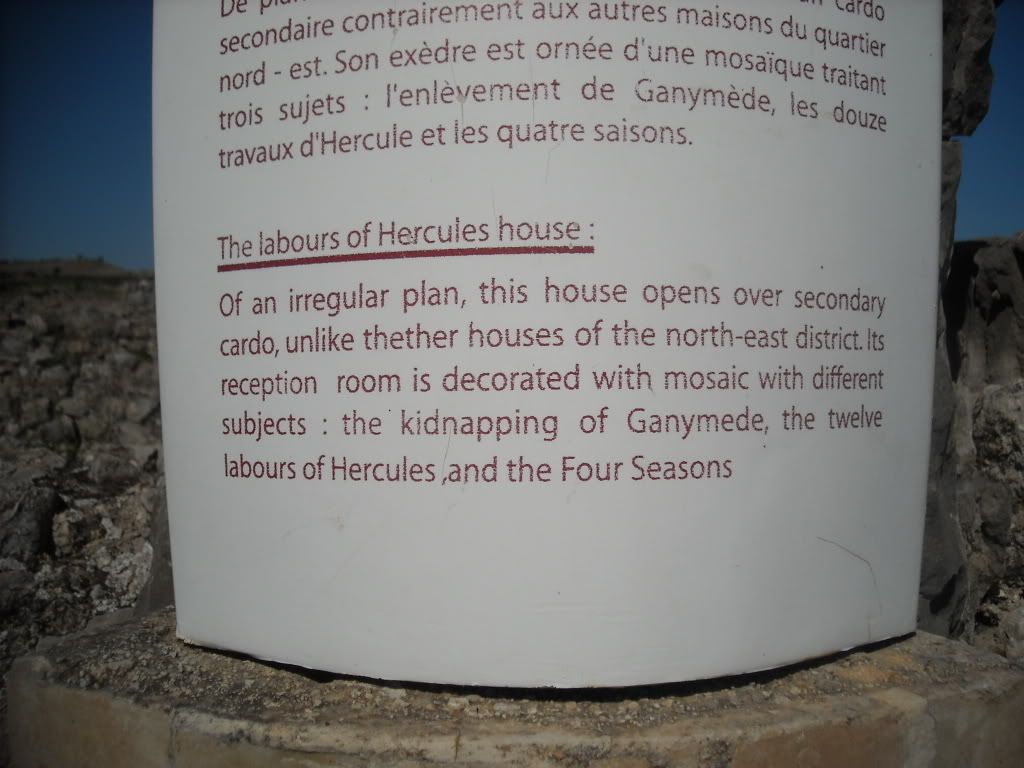
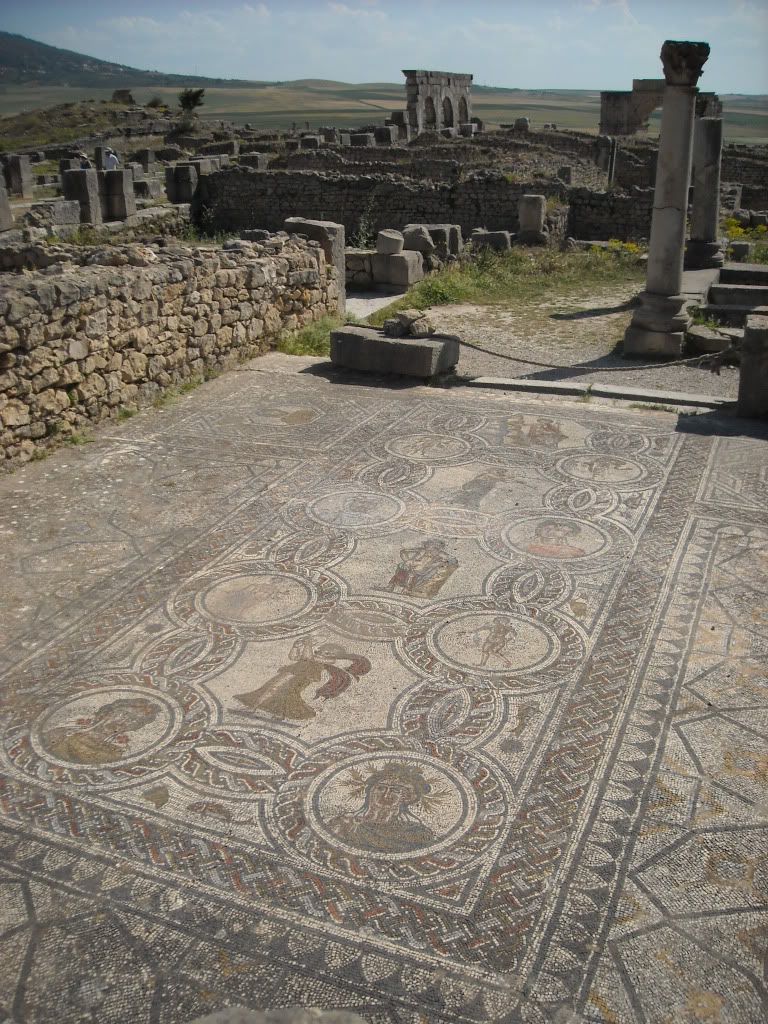

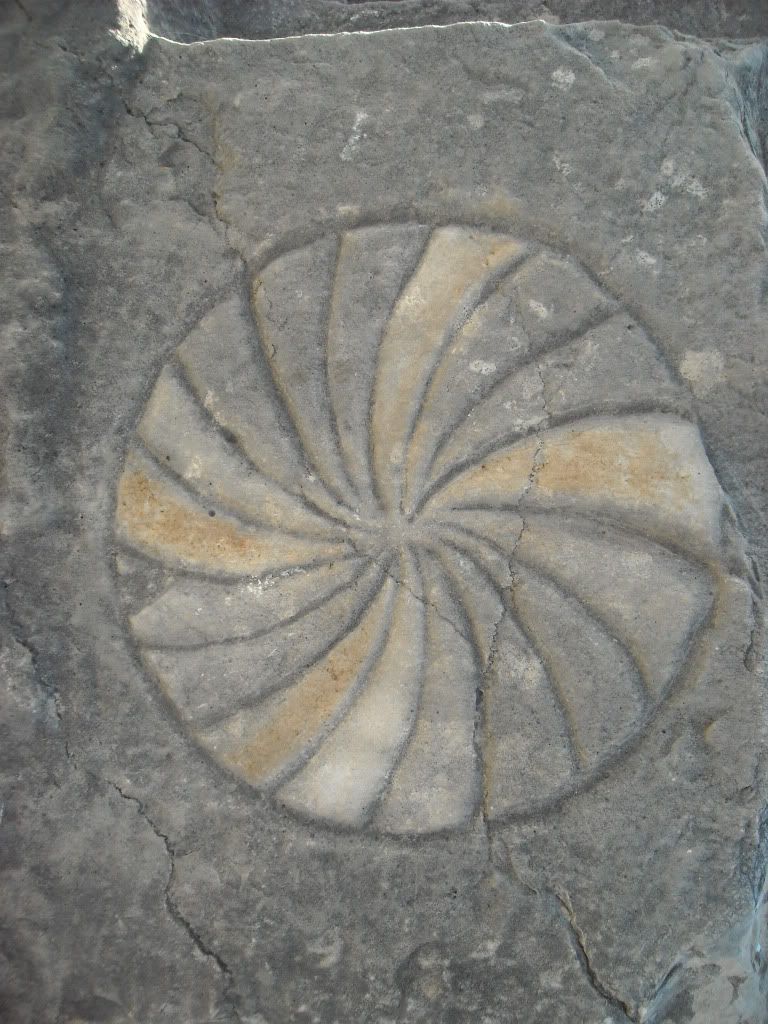
Woh.. will these not drop?
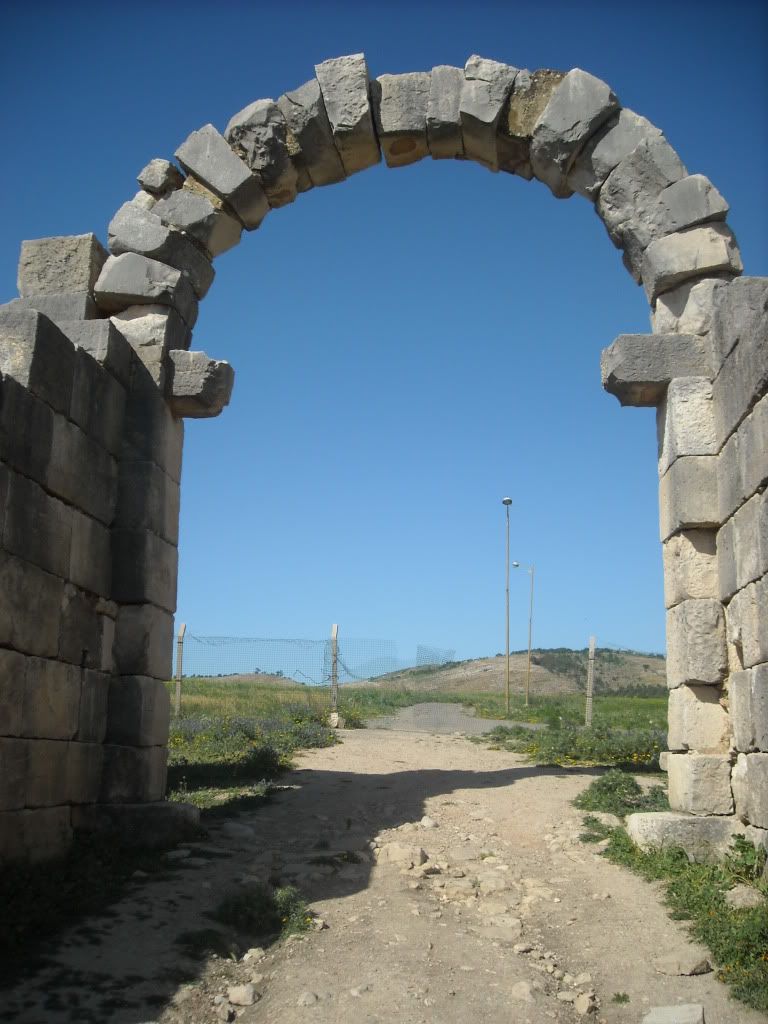
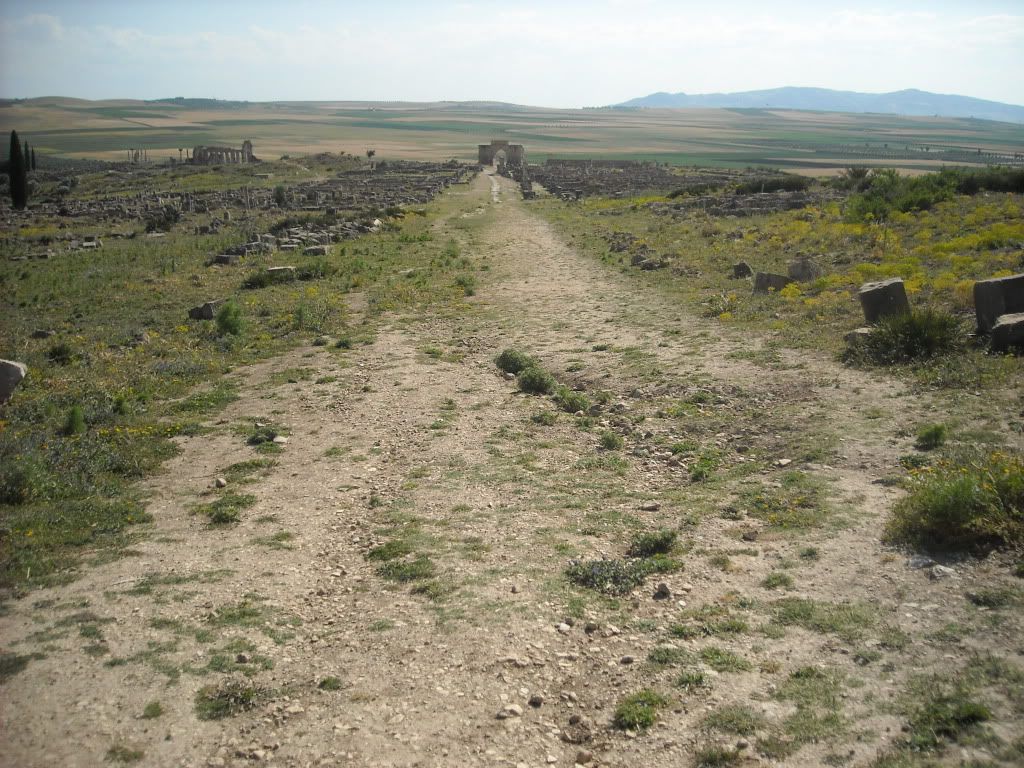
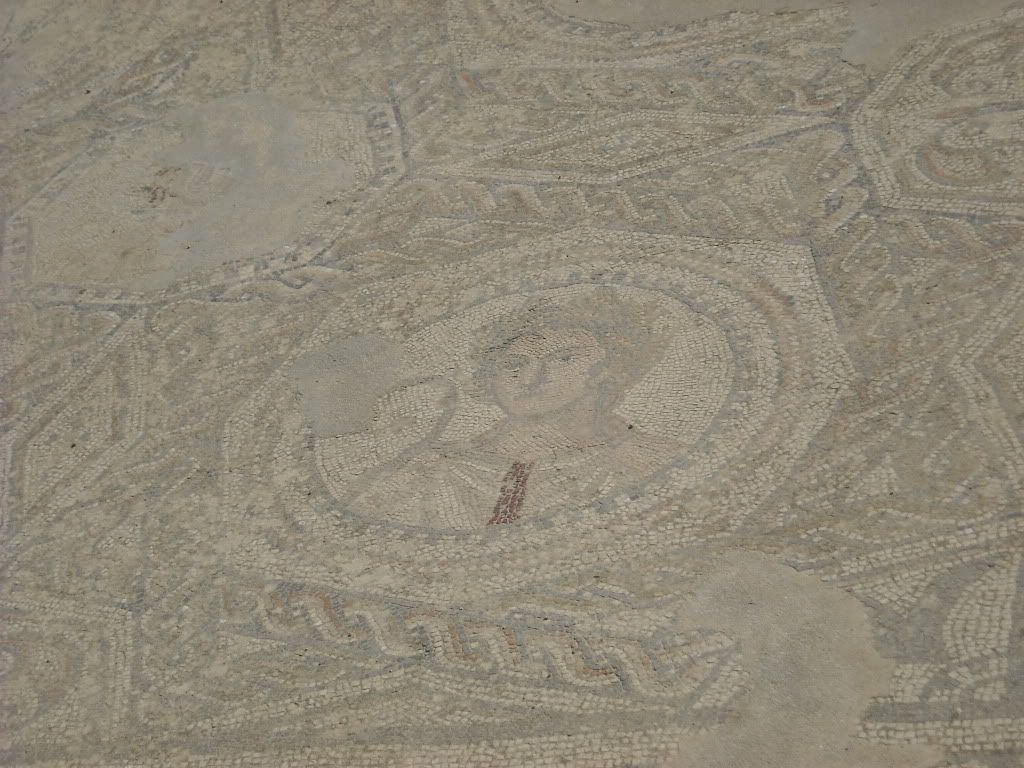
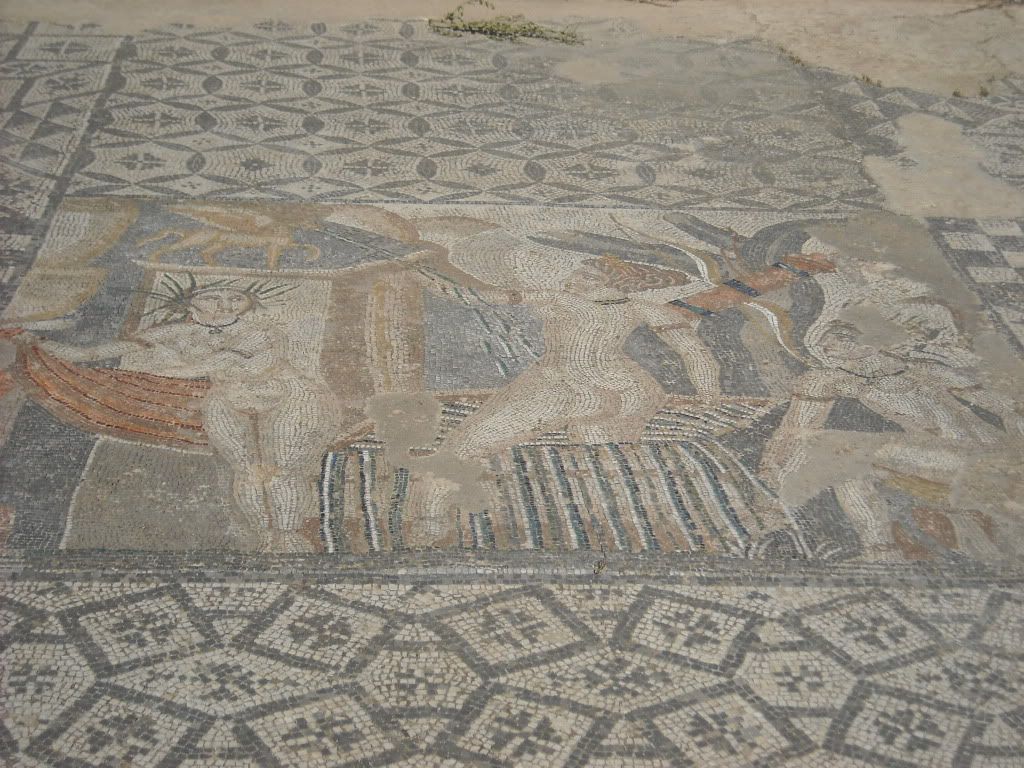
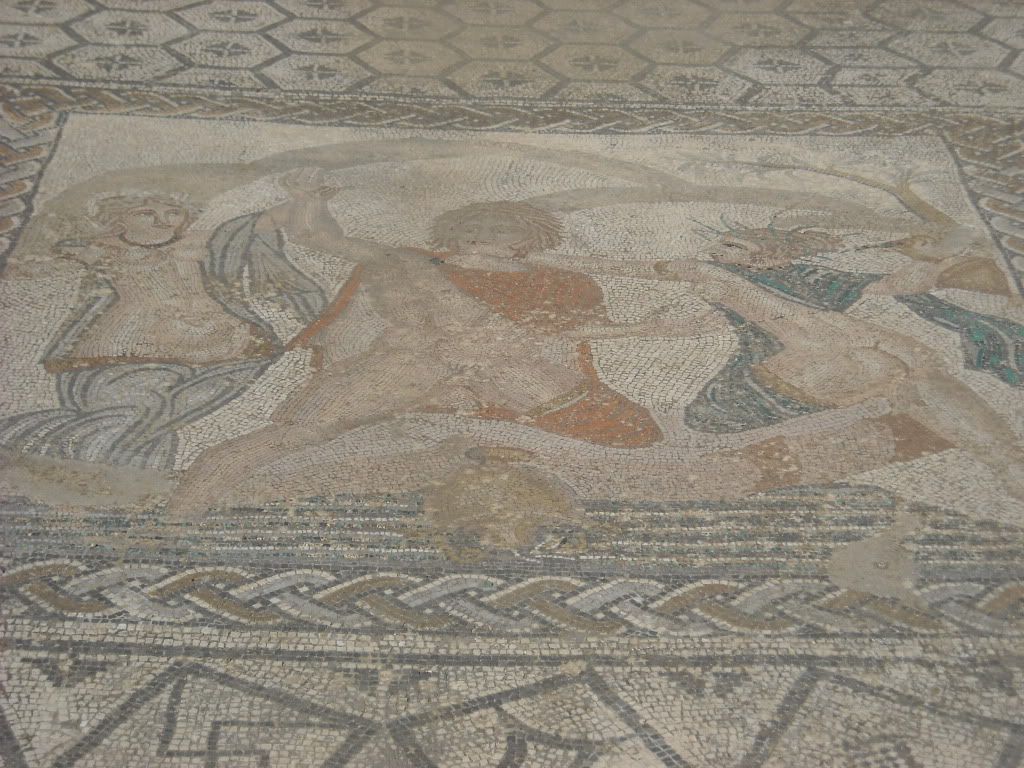
The most interesting thing I saw here is this. It was found in the house of dog.

I do not know why it was here and what meaning it has got to the Romans but it was indeed huge!
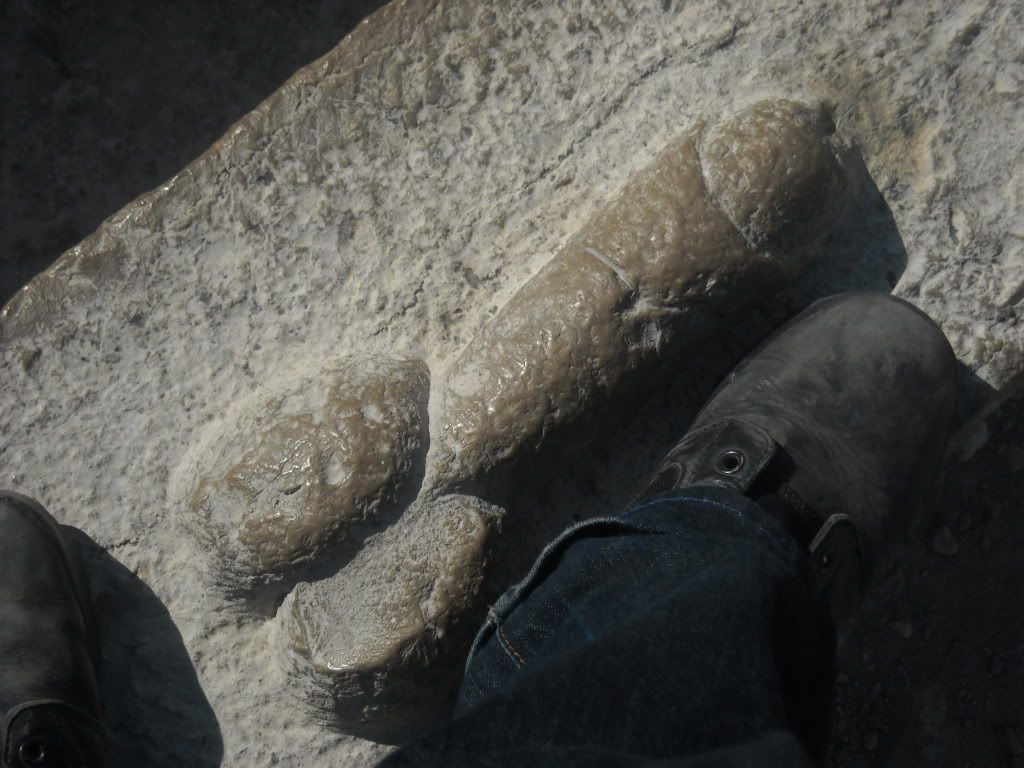
So I decided to have some fun with it. HAHA...


By the end of the day, I was hot and sticky and so I decided to use another item I have gotten from the Singapore Day in London.
Since we like to reserve seats using tissue papers so they might as well do this for us. CHOPE!!! So lovely.
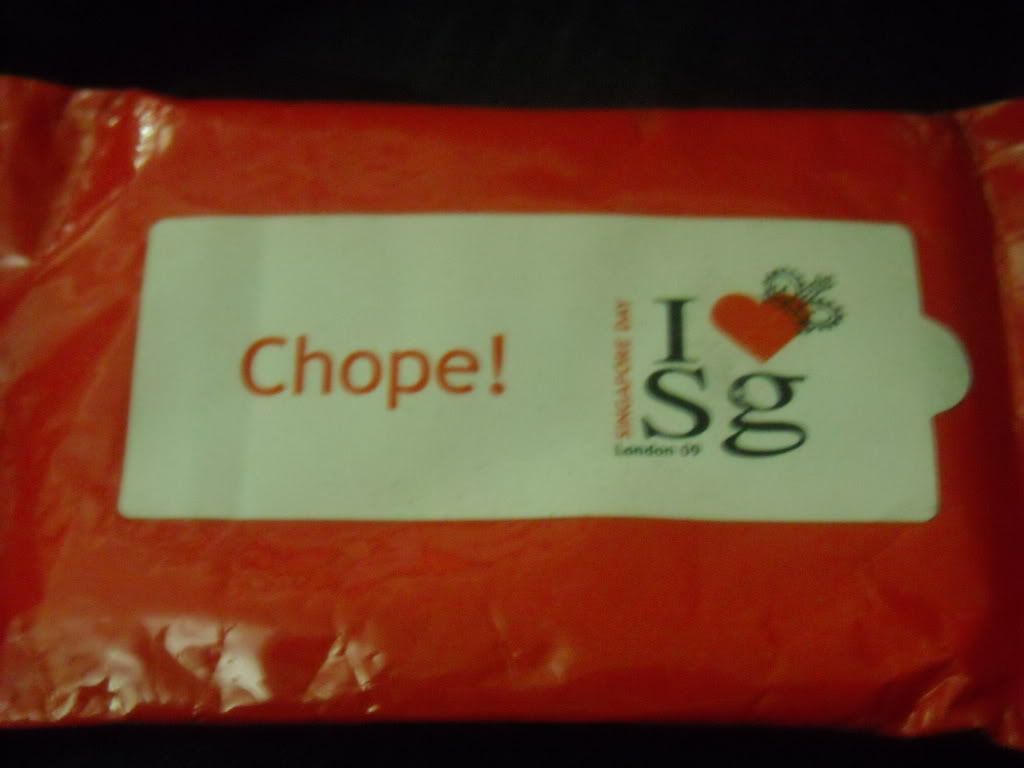
Nice little creature landed on me.
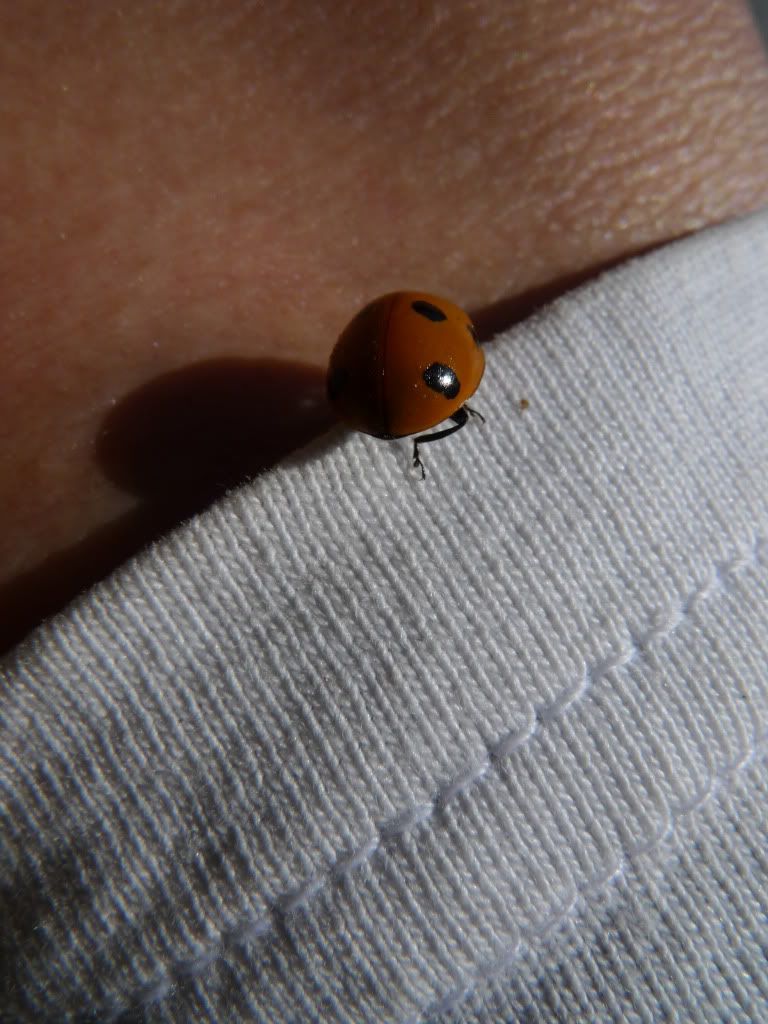
Back in Meknes, as I was walking back to my hotel, I saw a group of guys sitting very quietly paying full attention to something. What are they looking at?
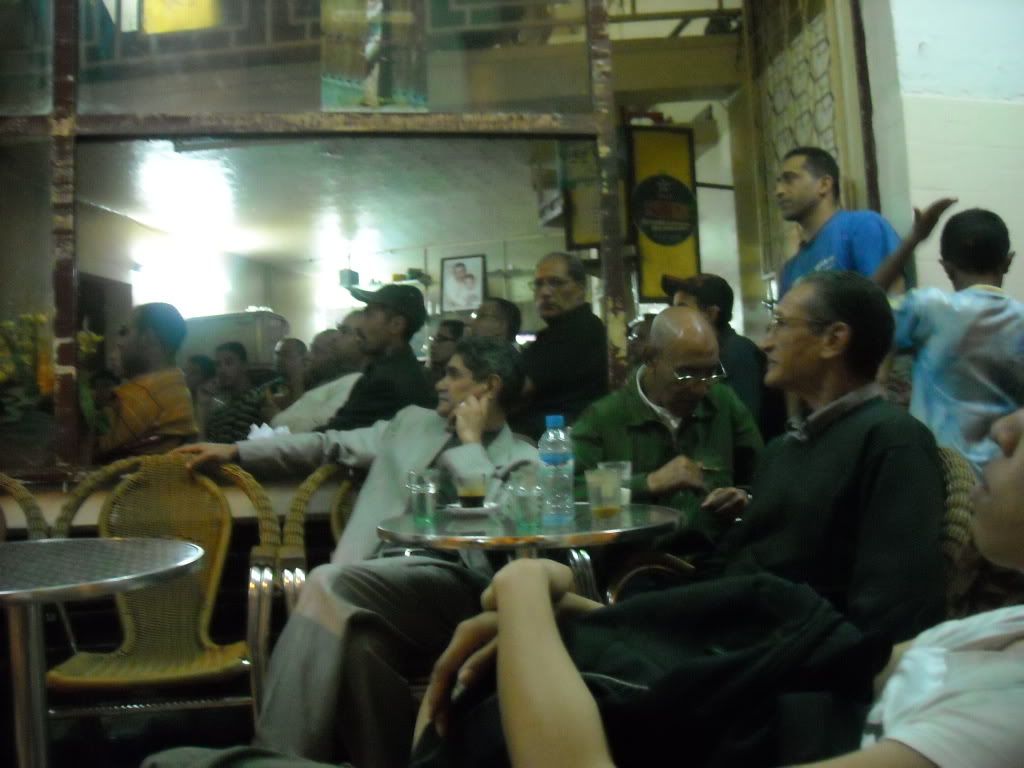
Oh!!! Soccer.. what else.. hahaha...
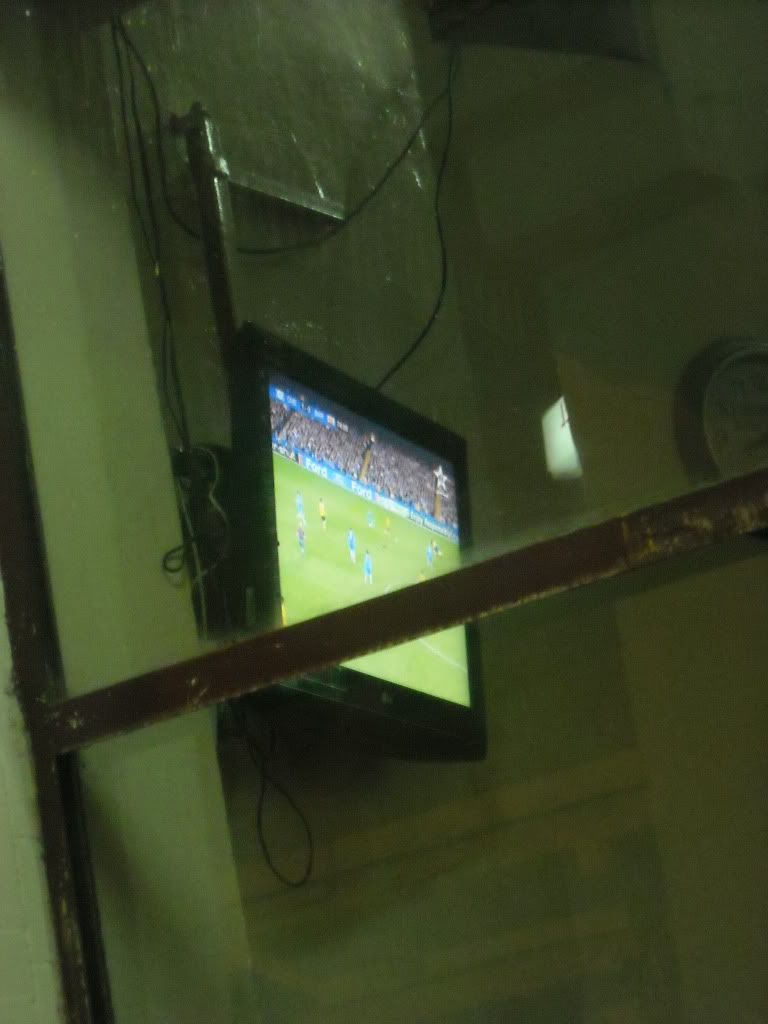
I shall call it a day.
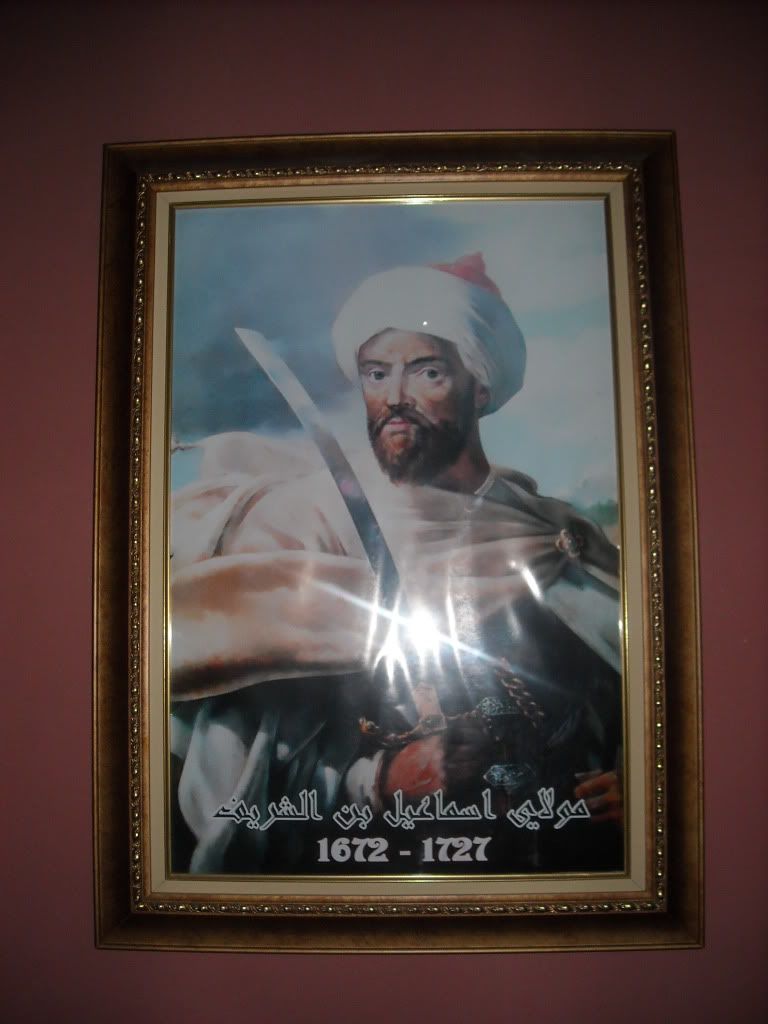

No comments:
Post a Comment